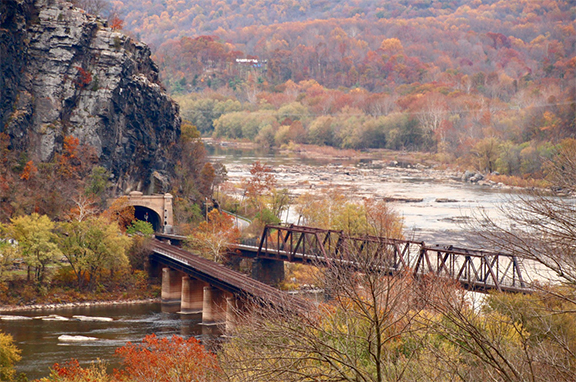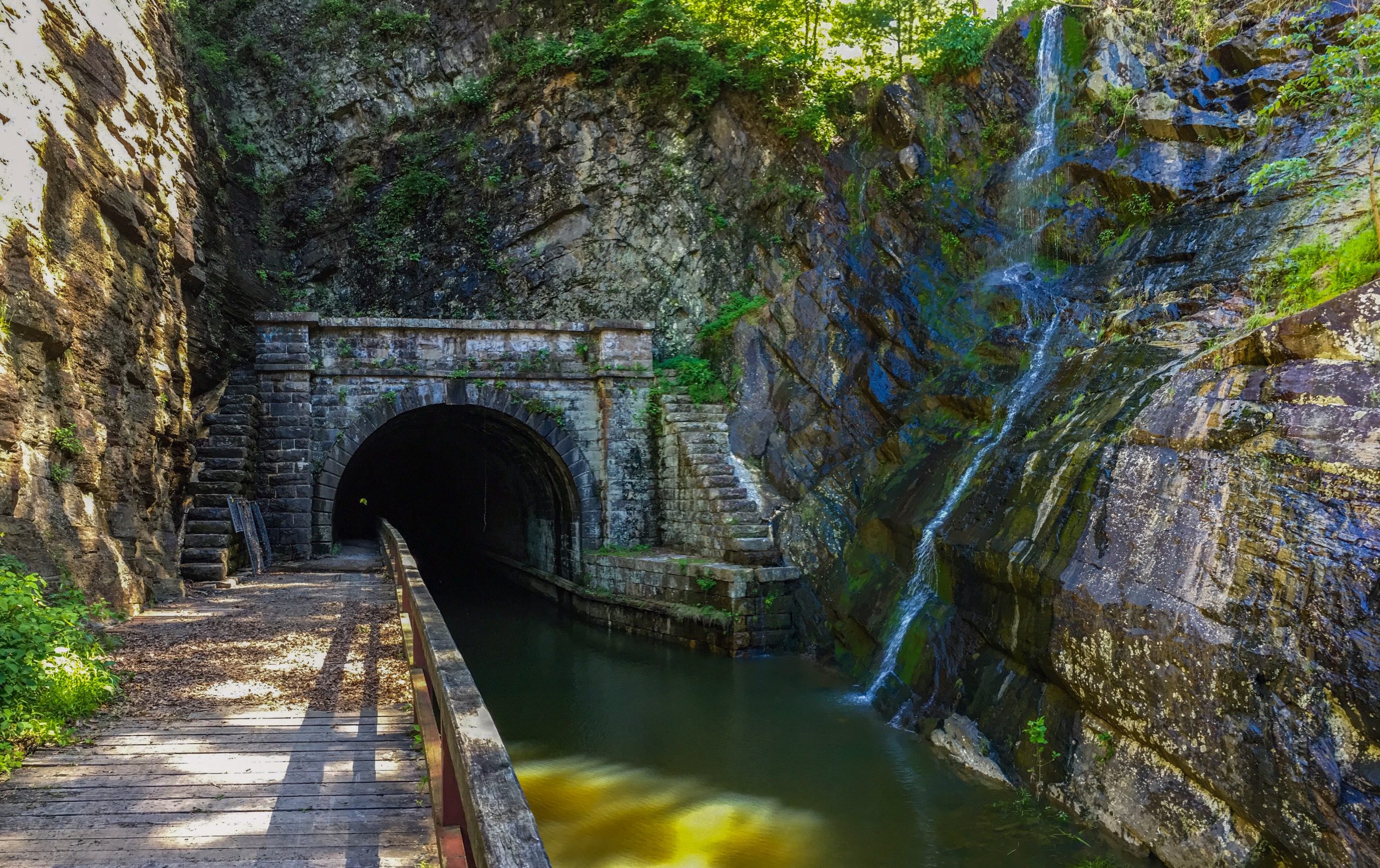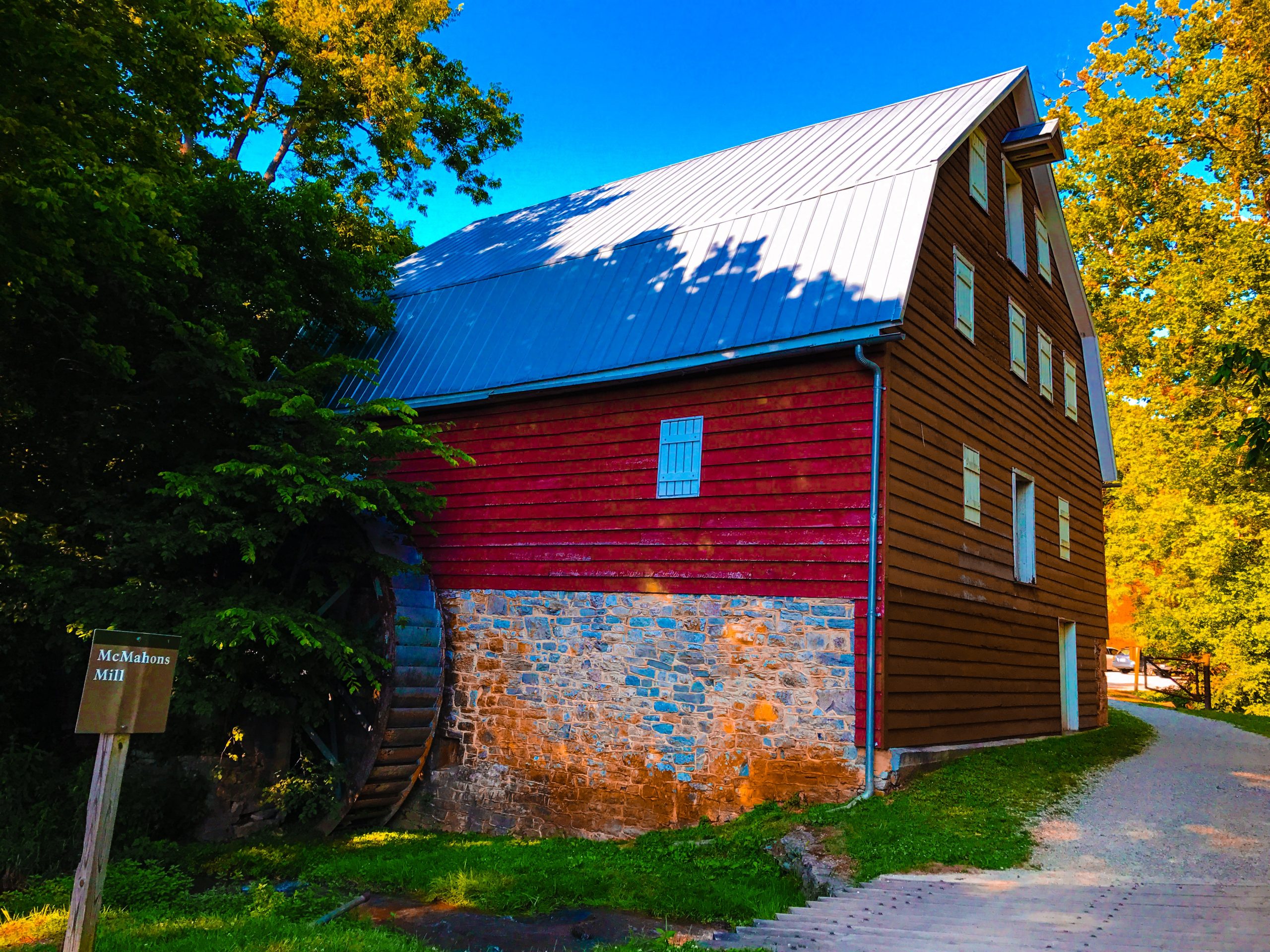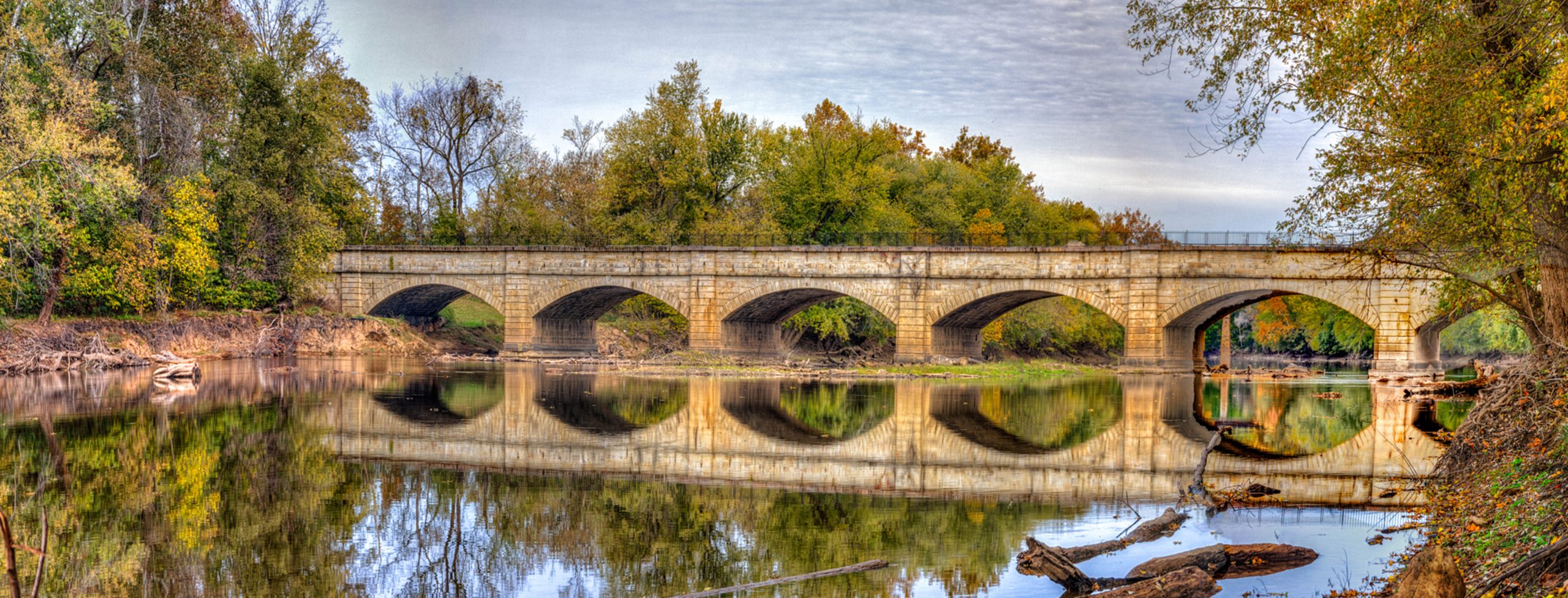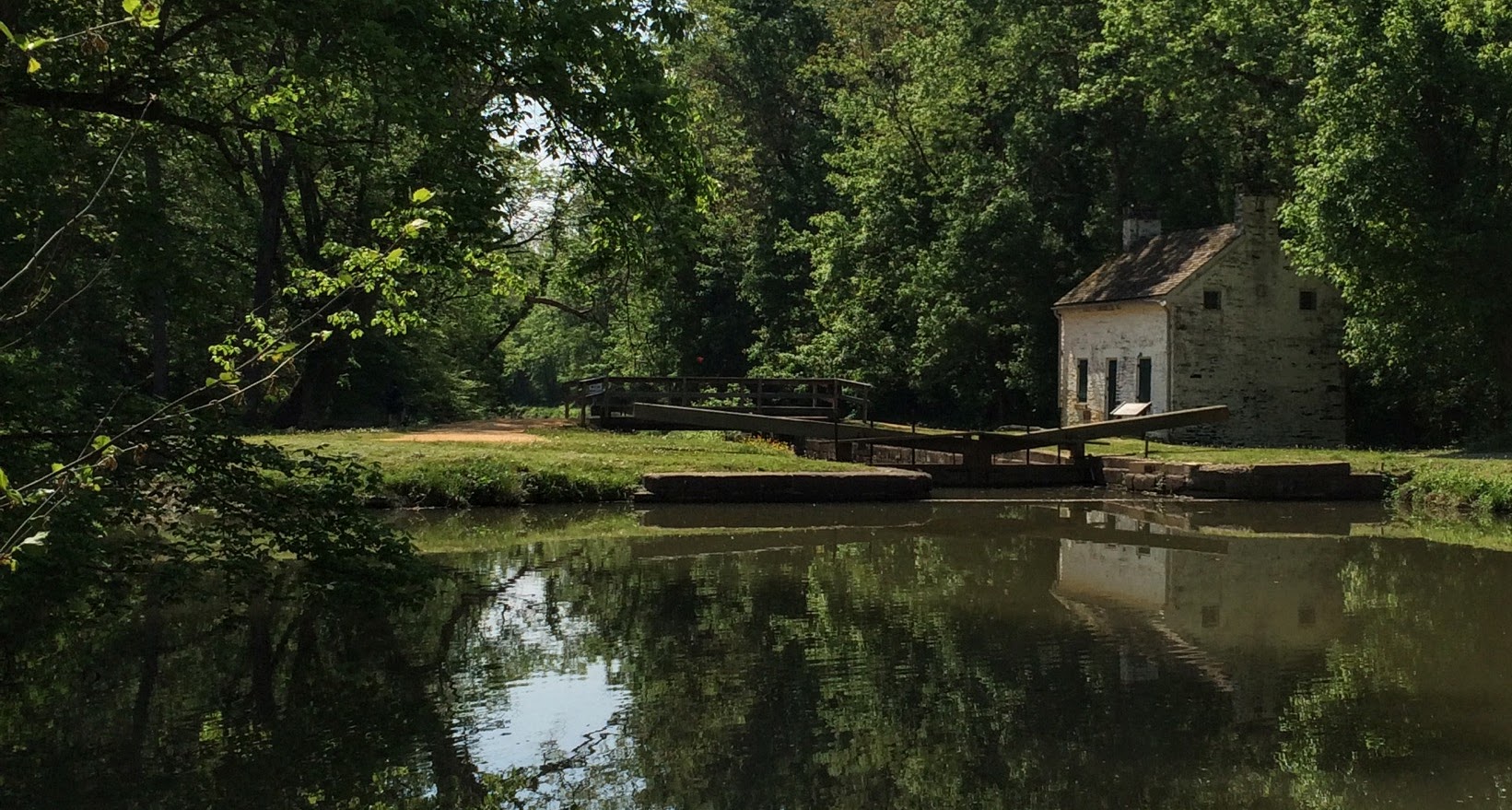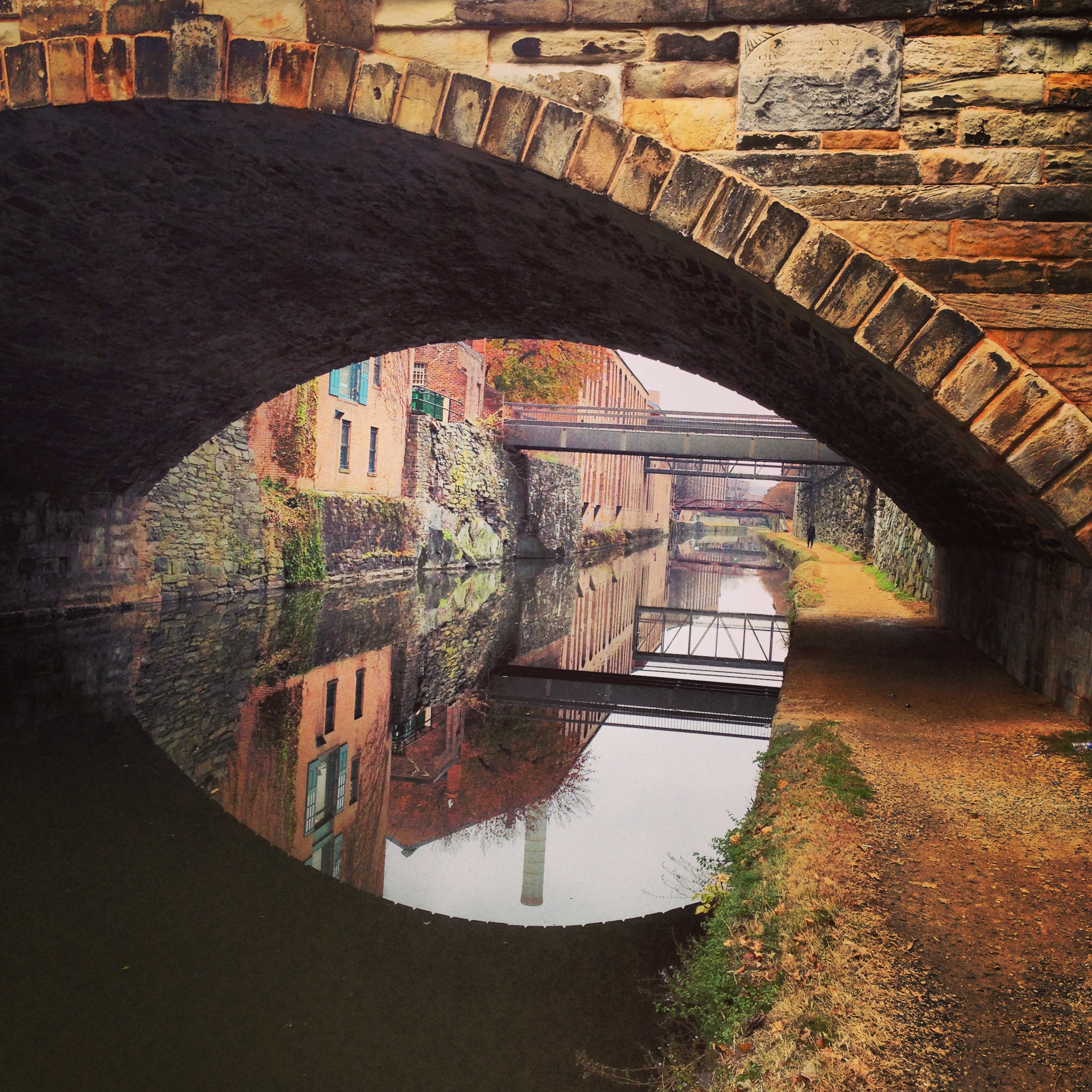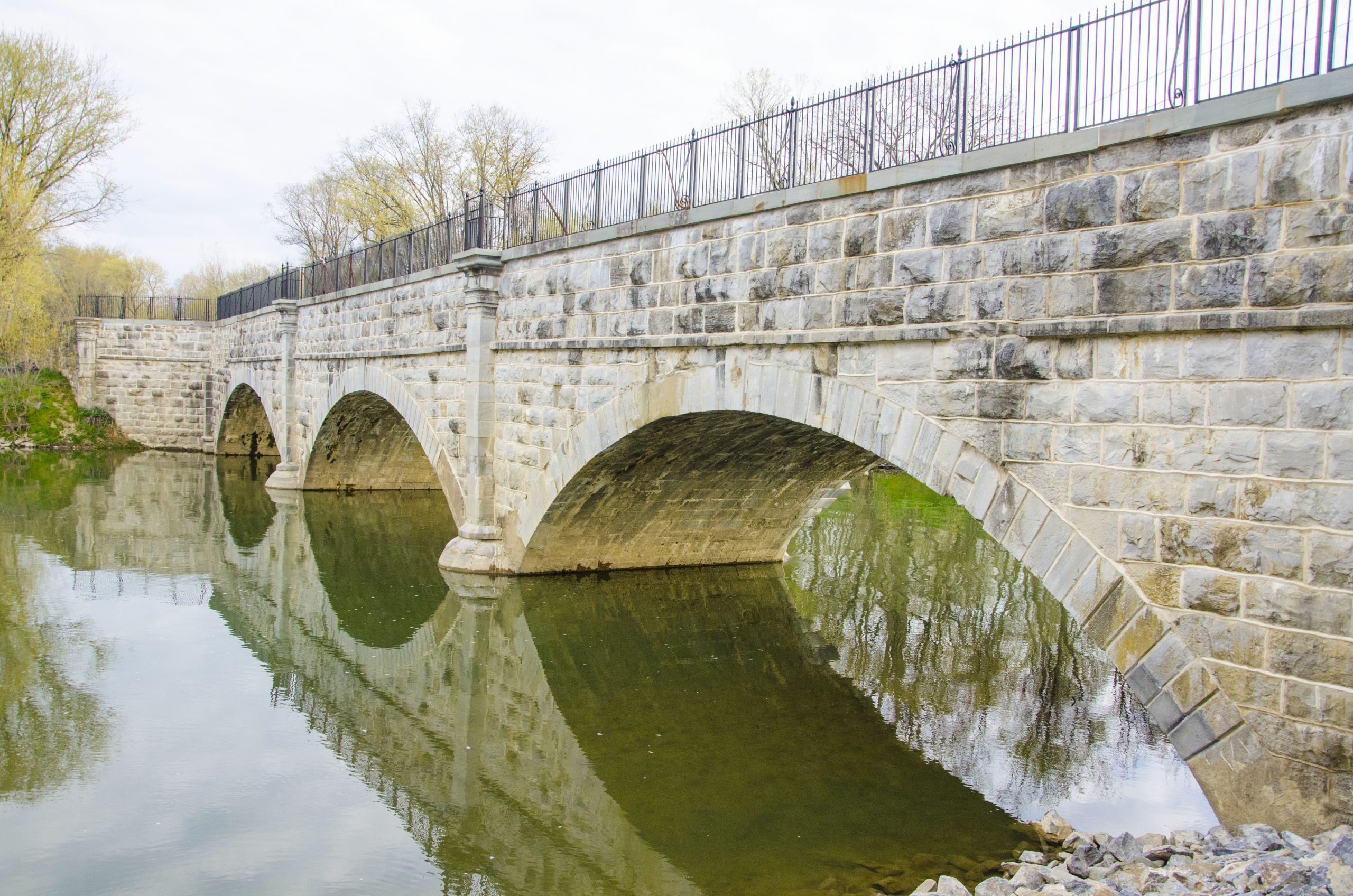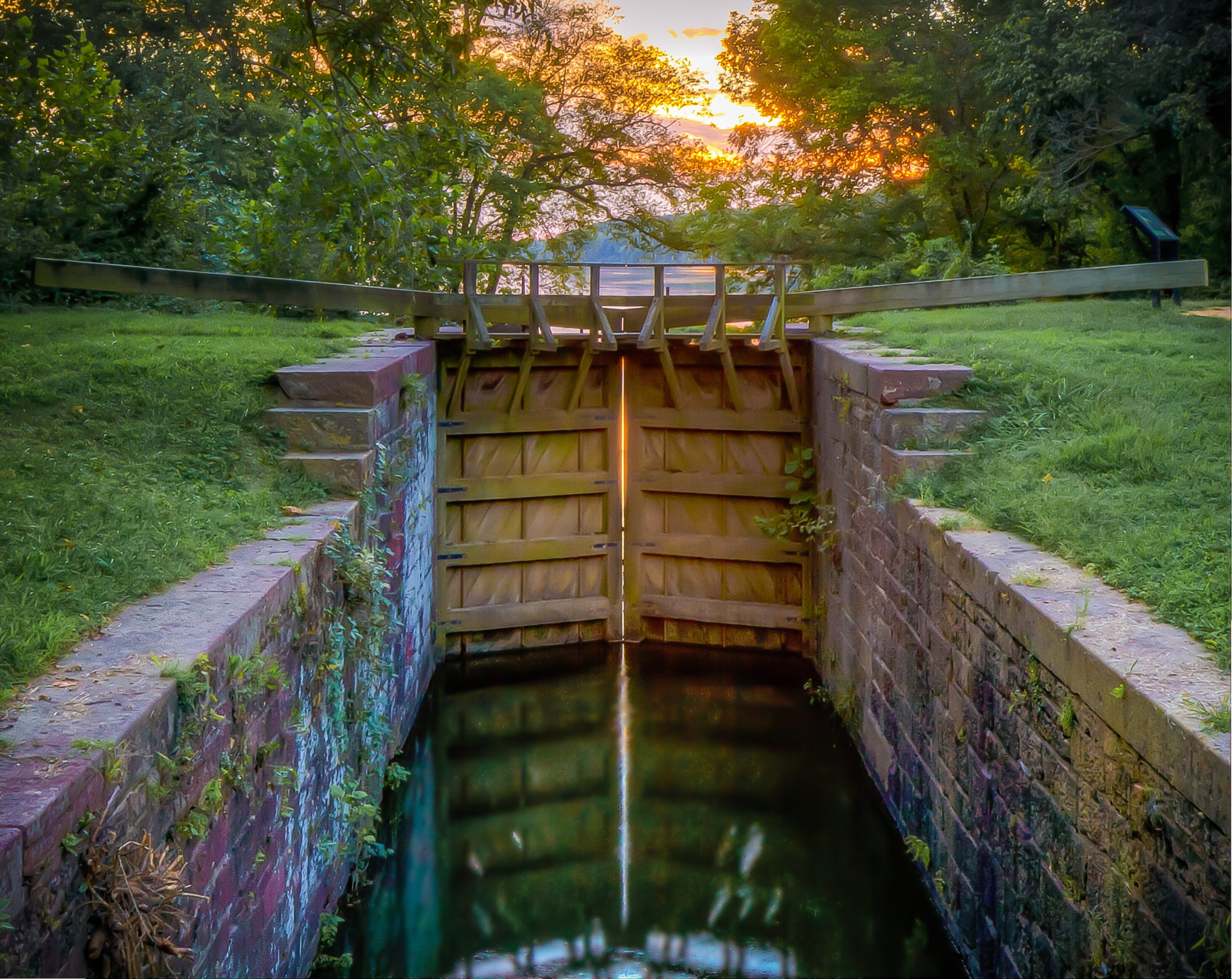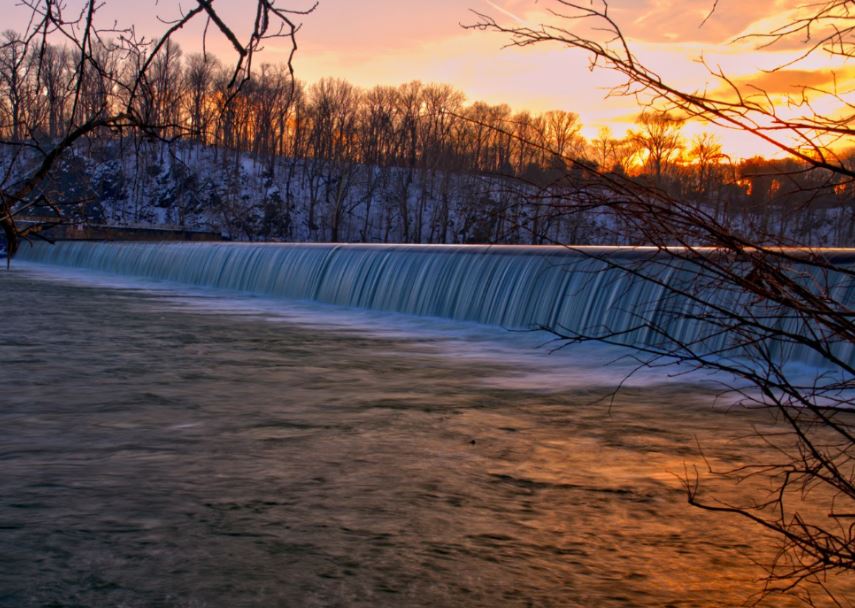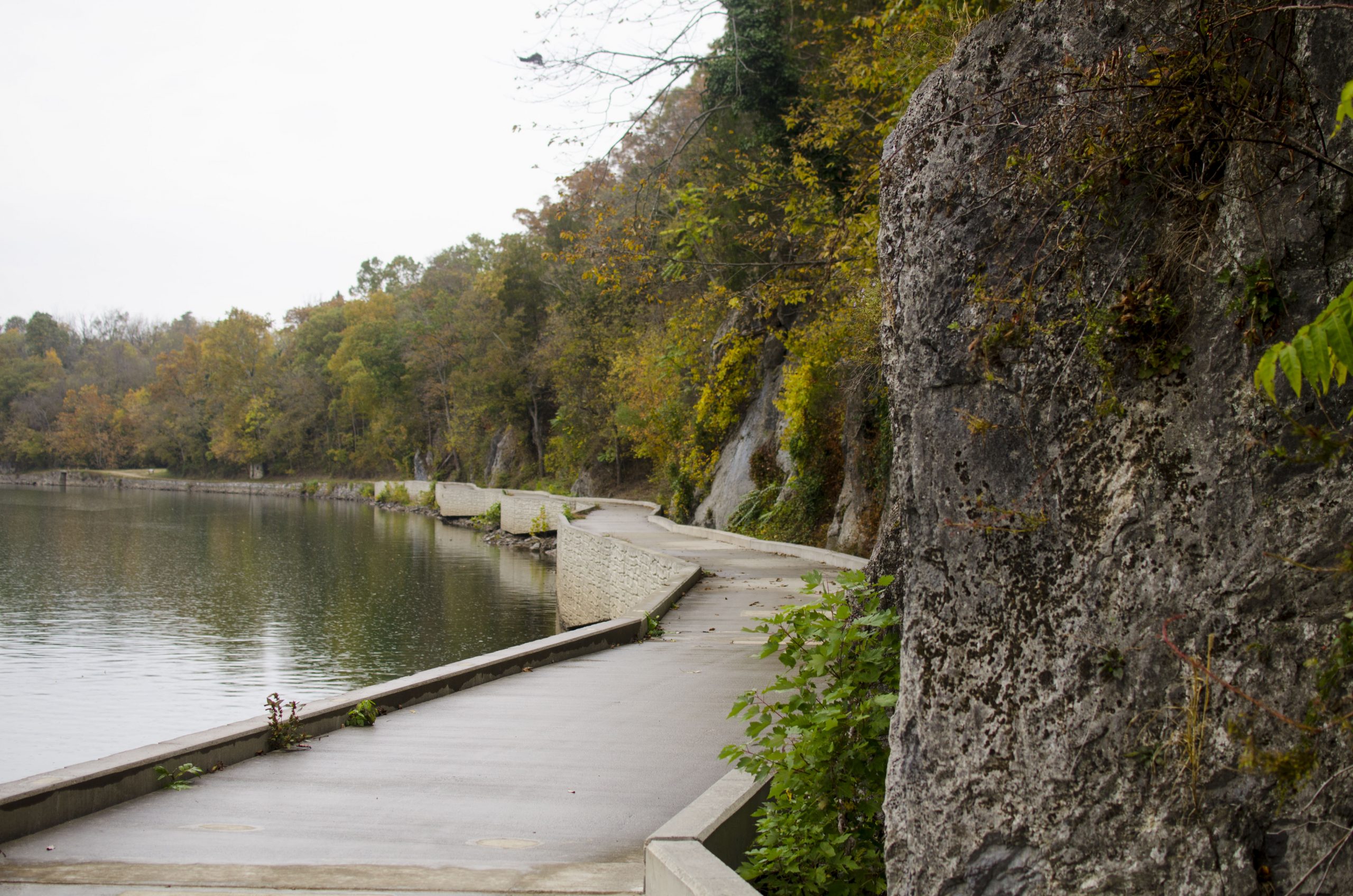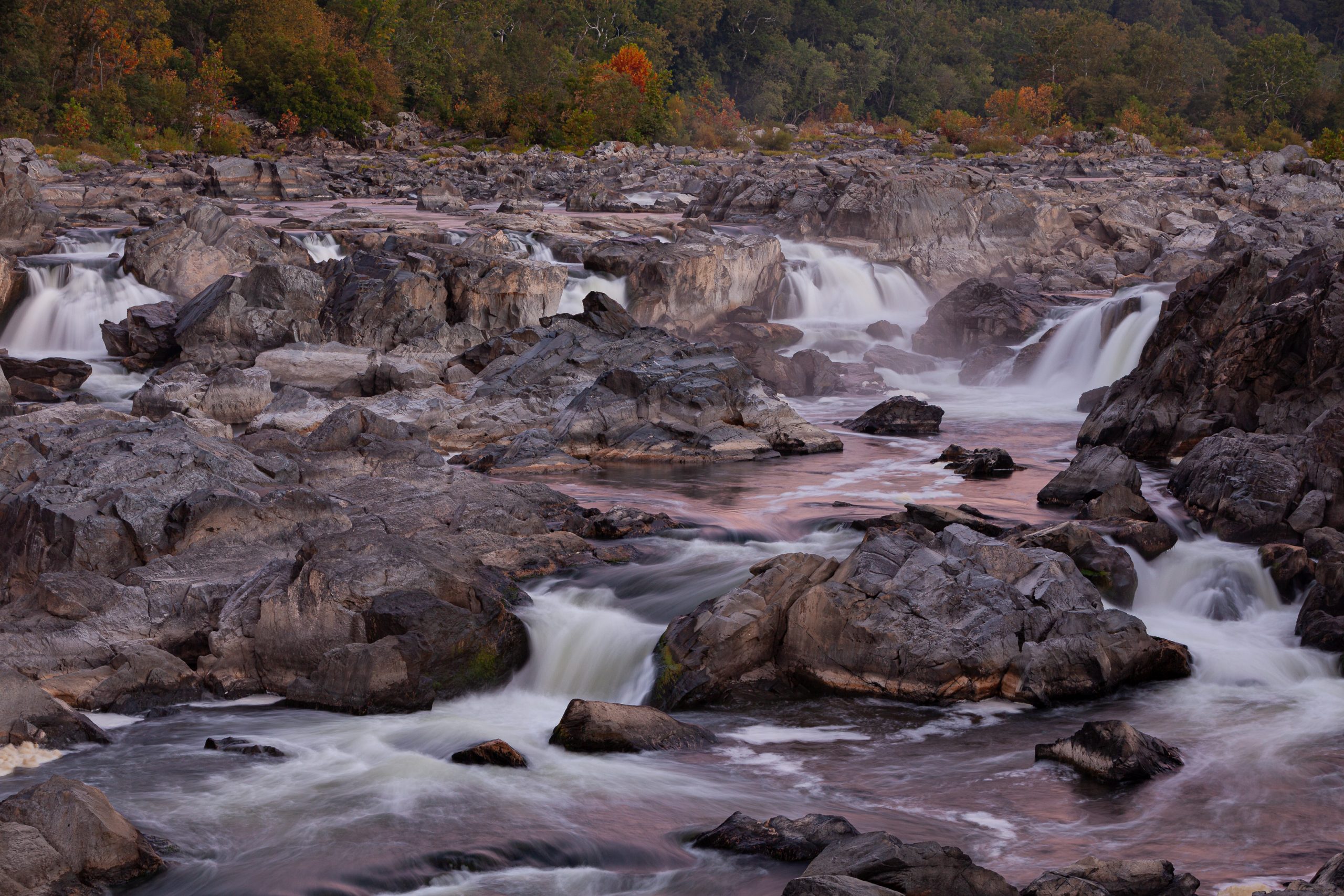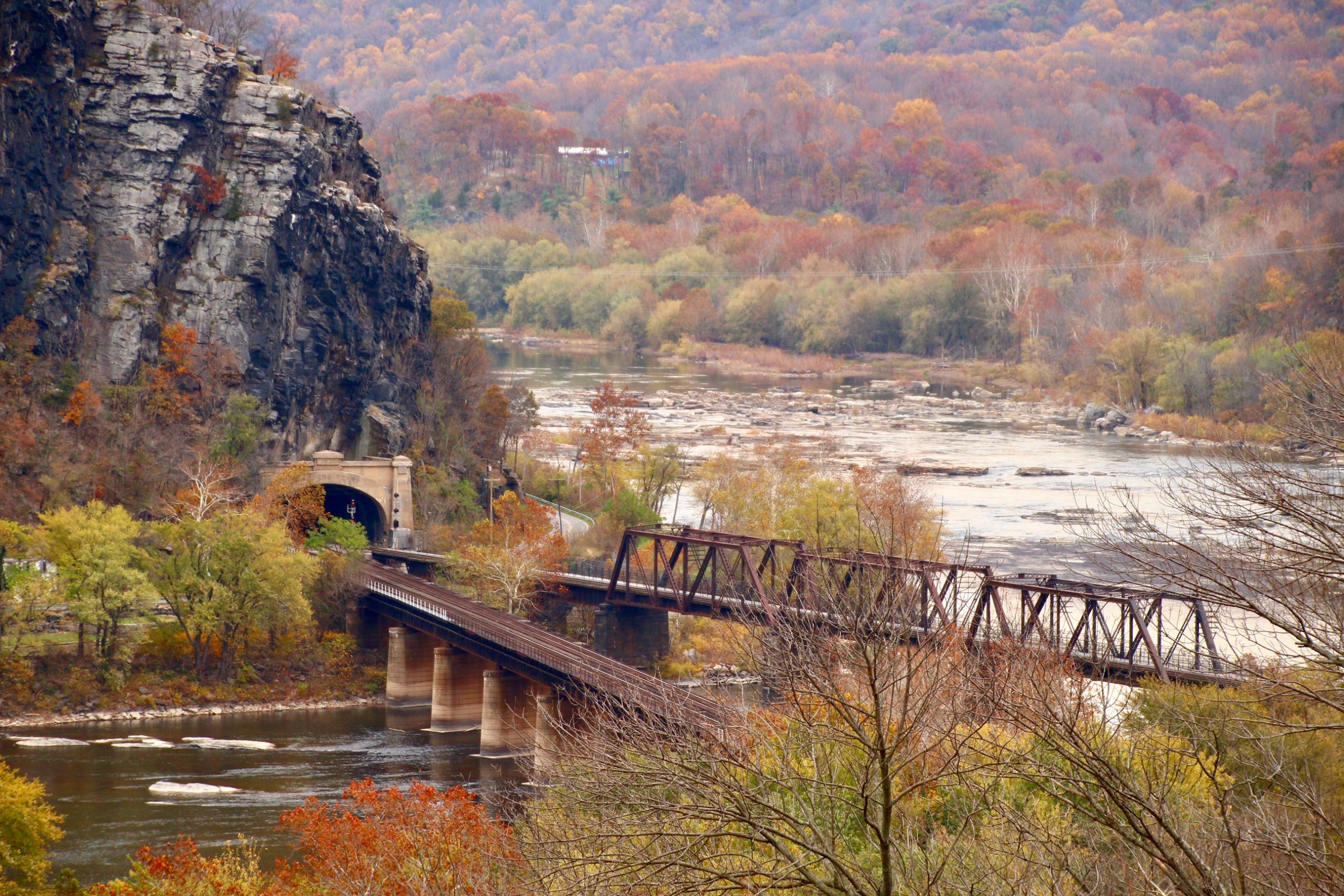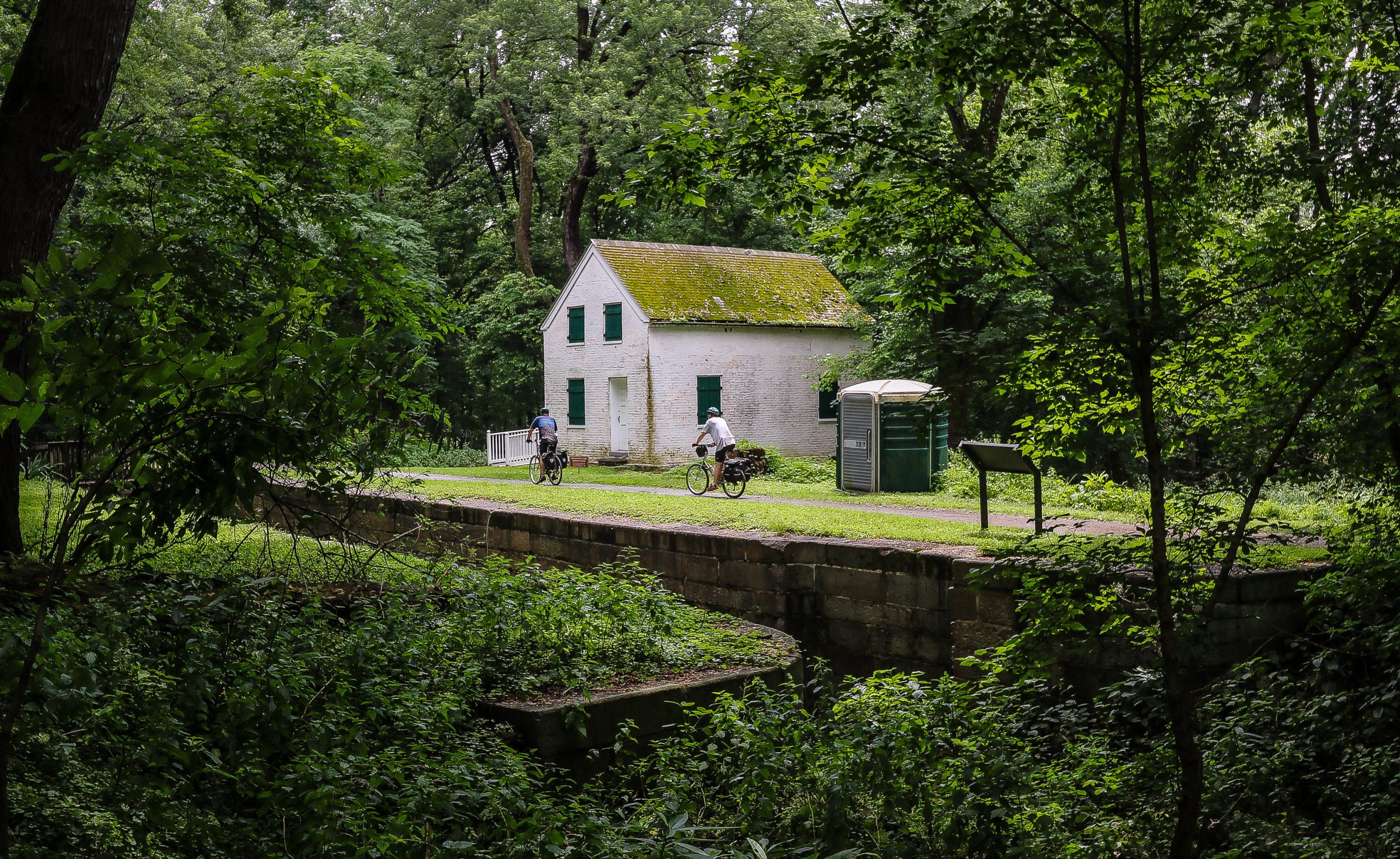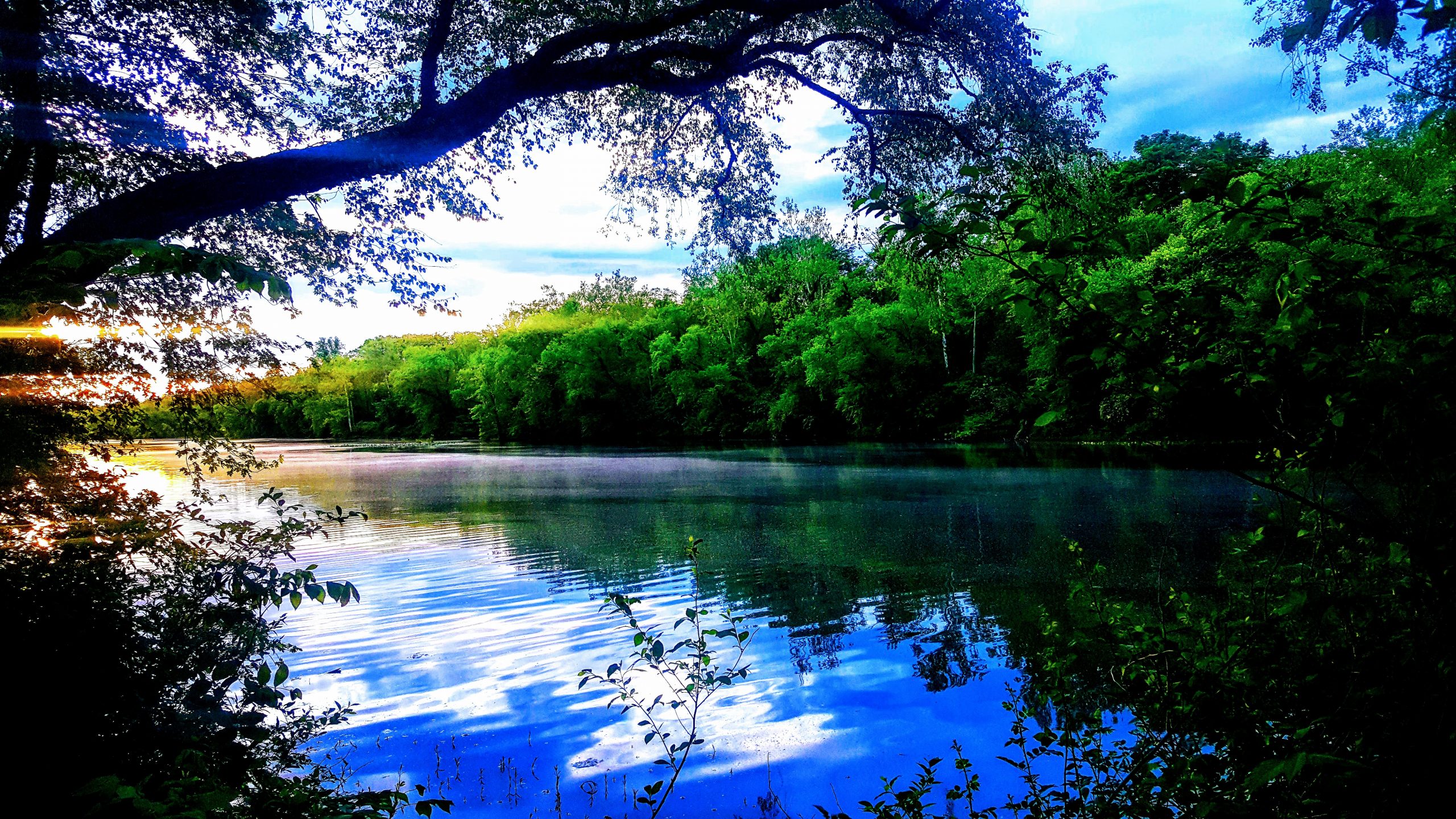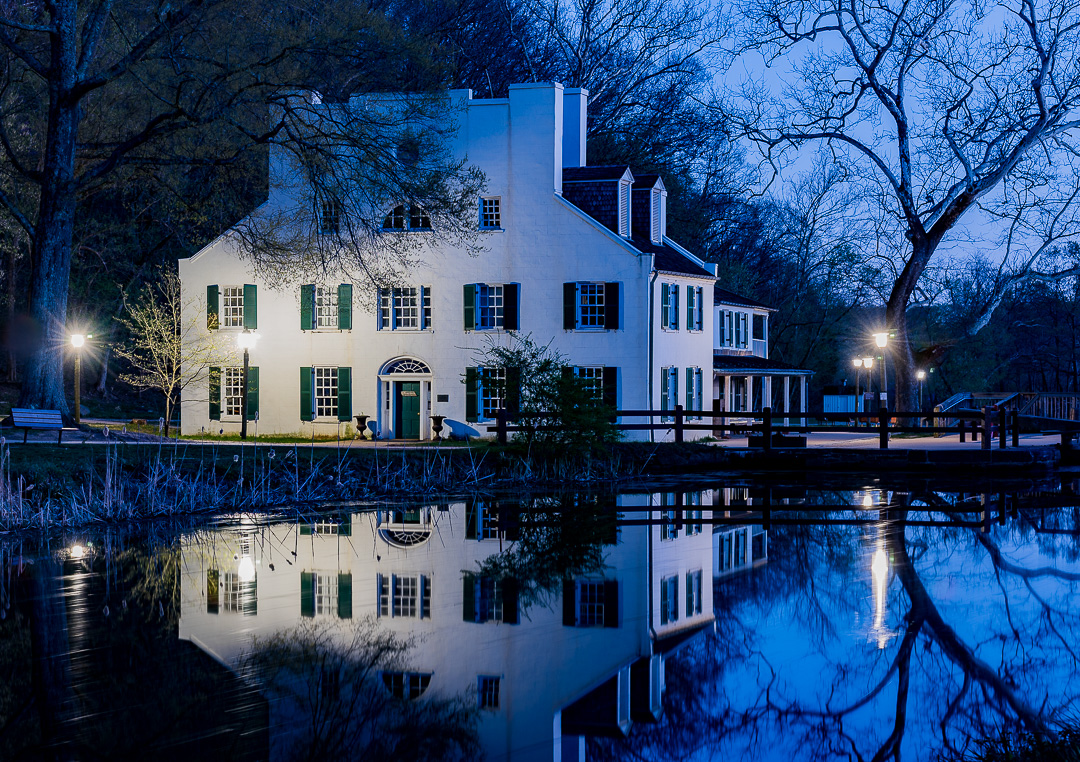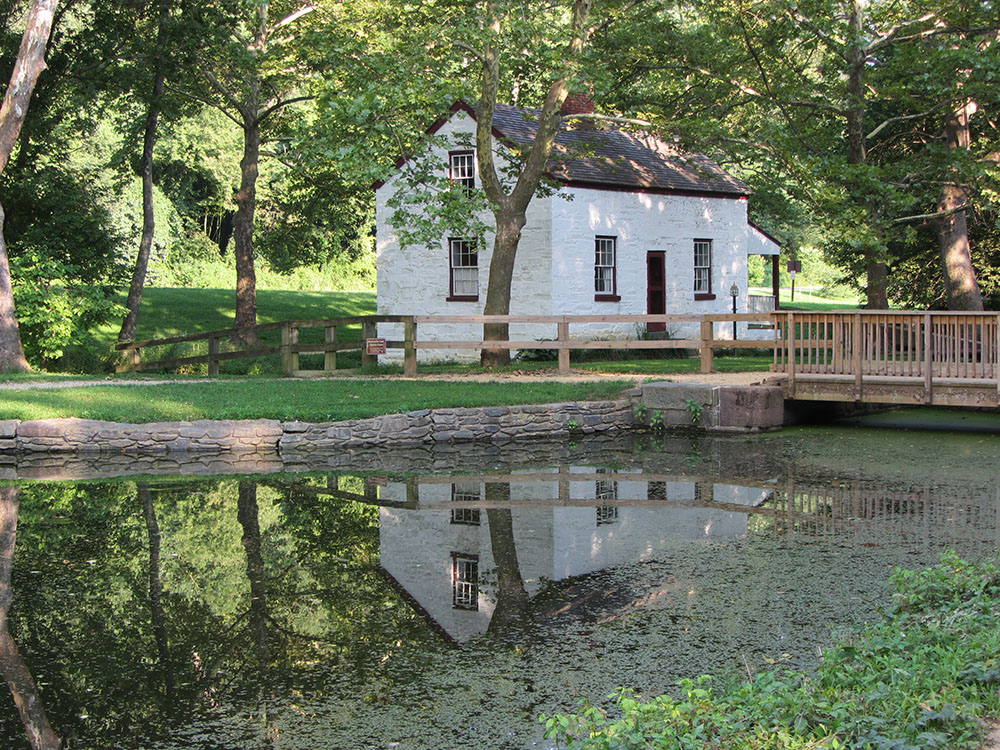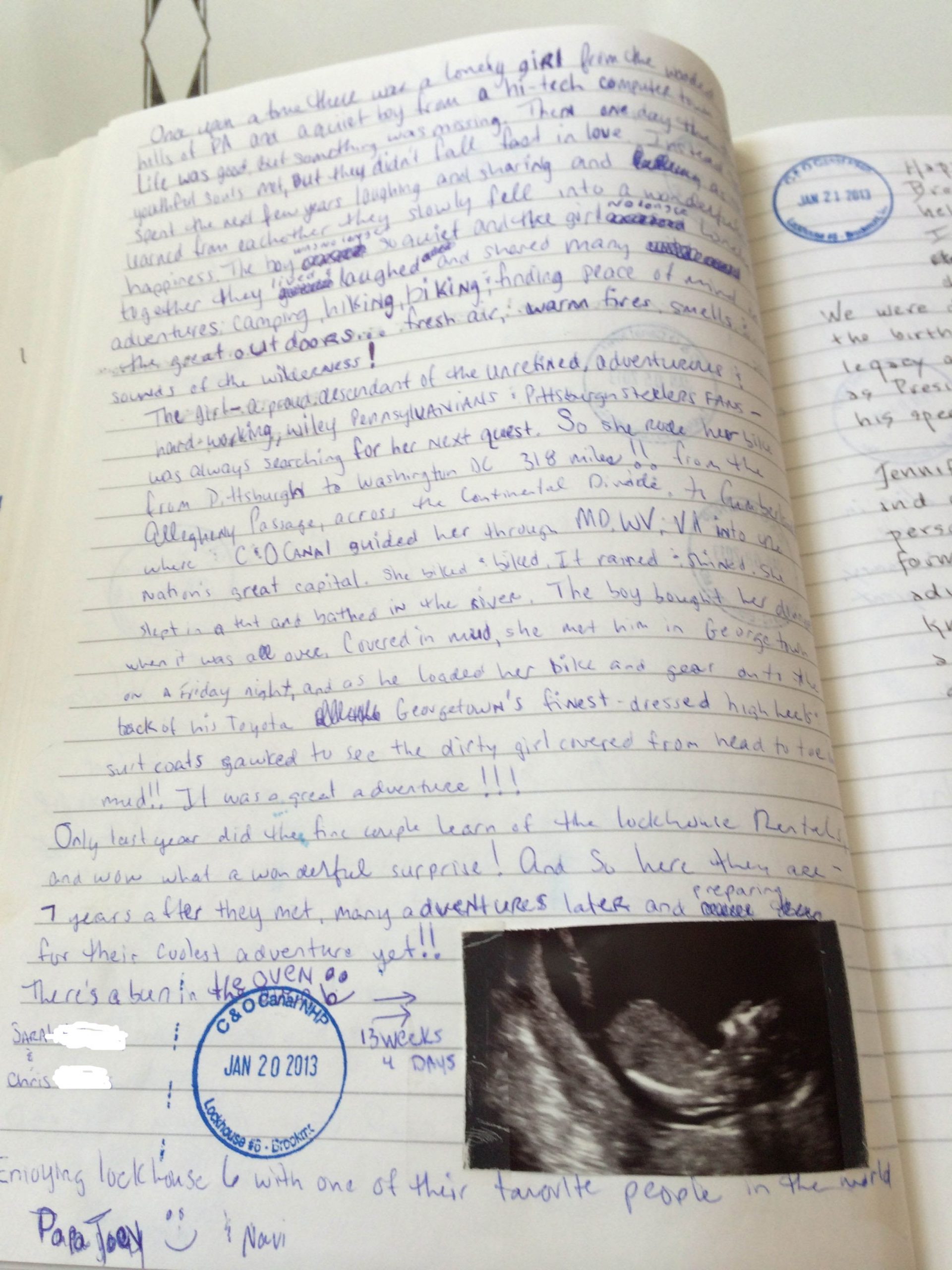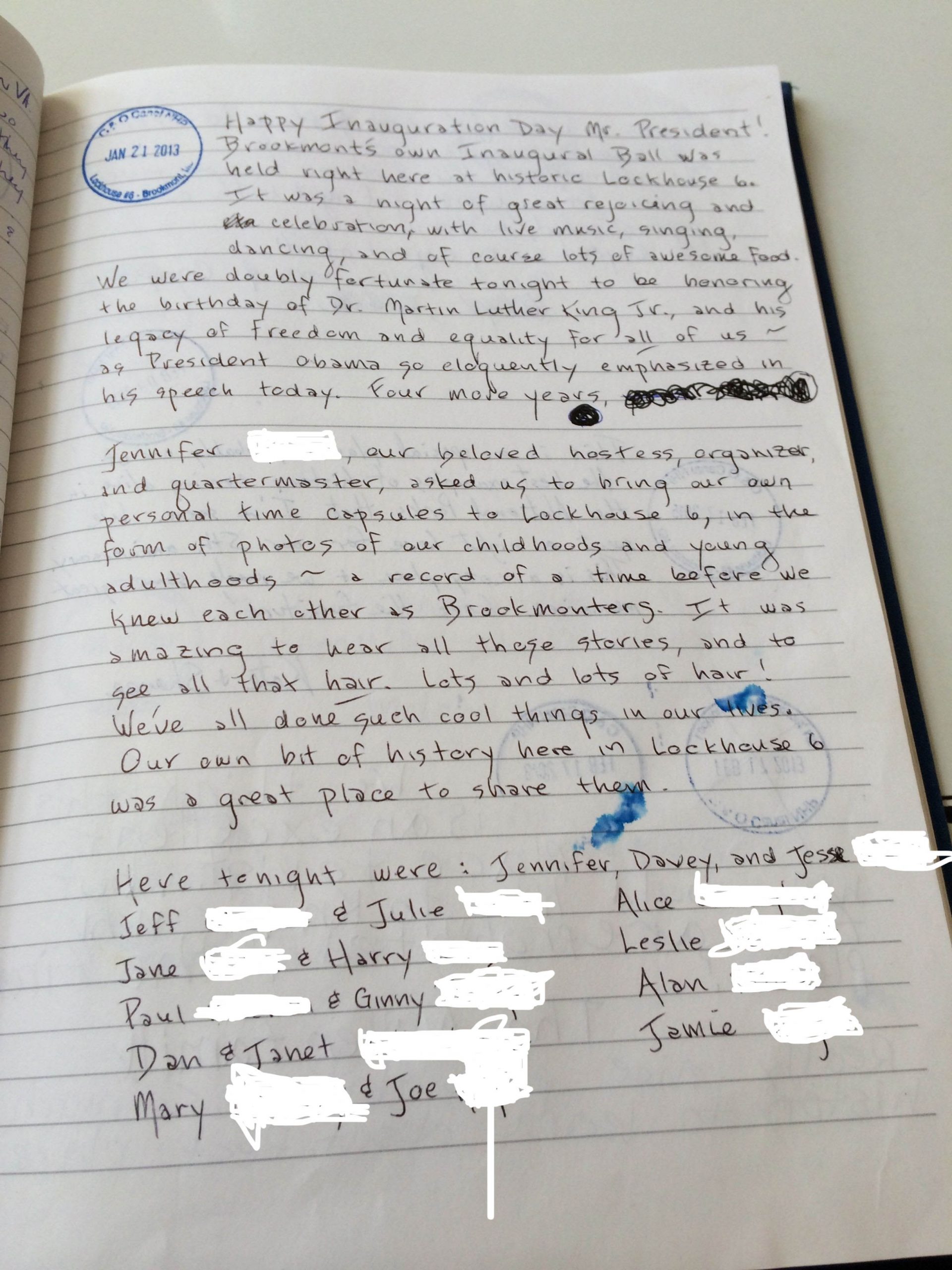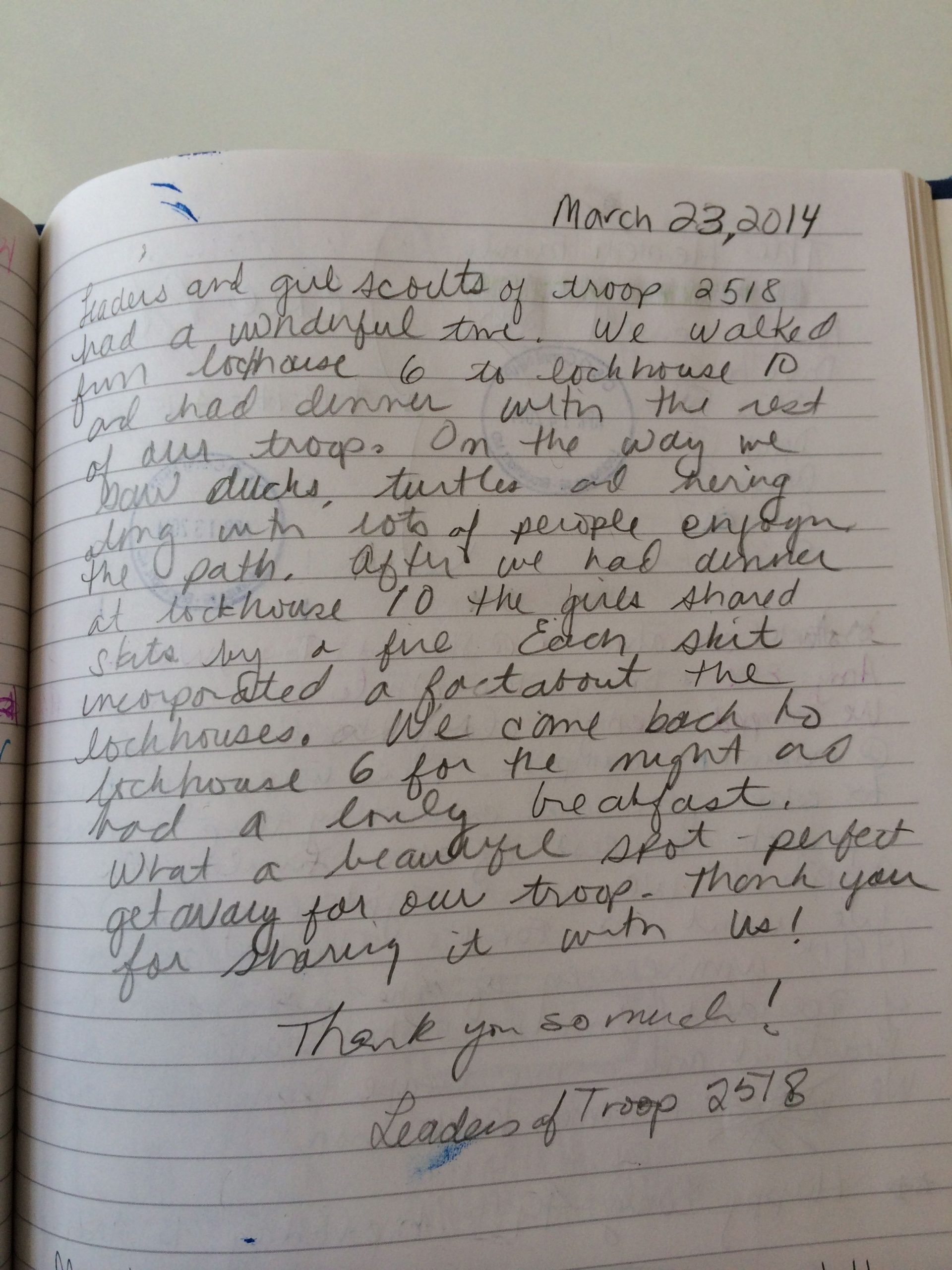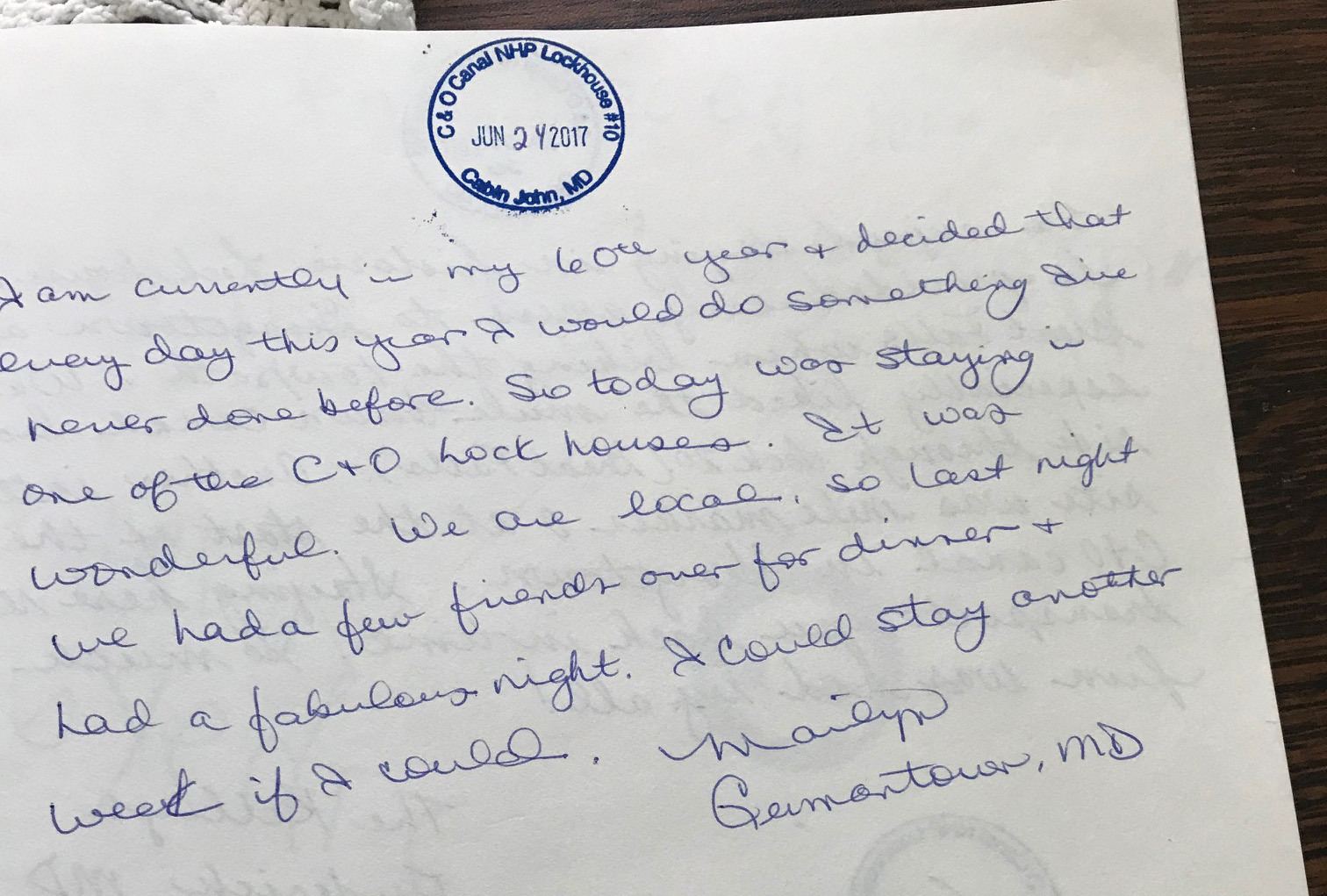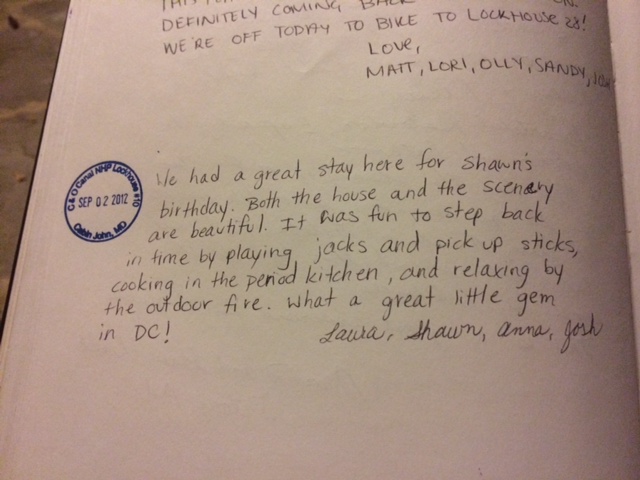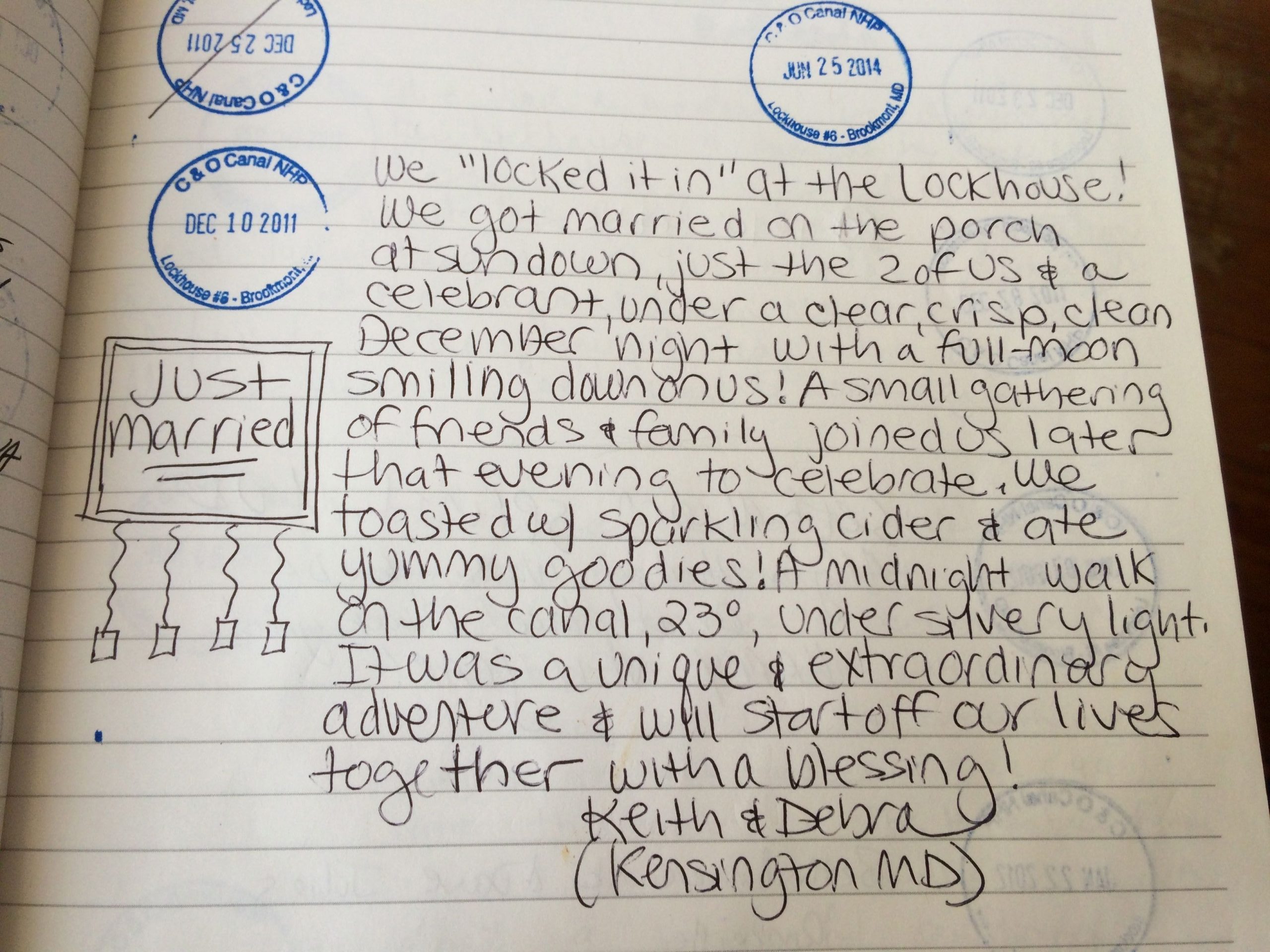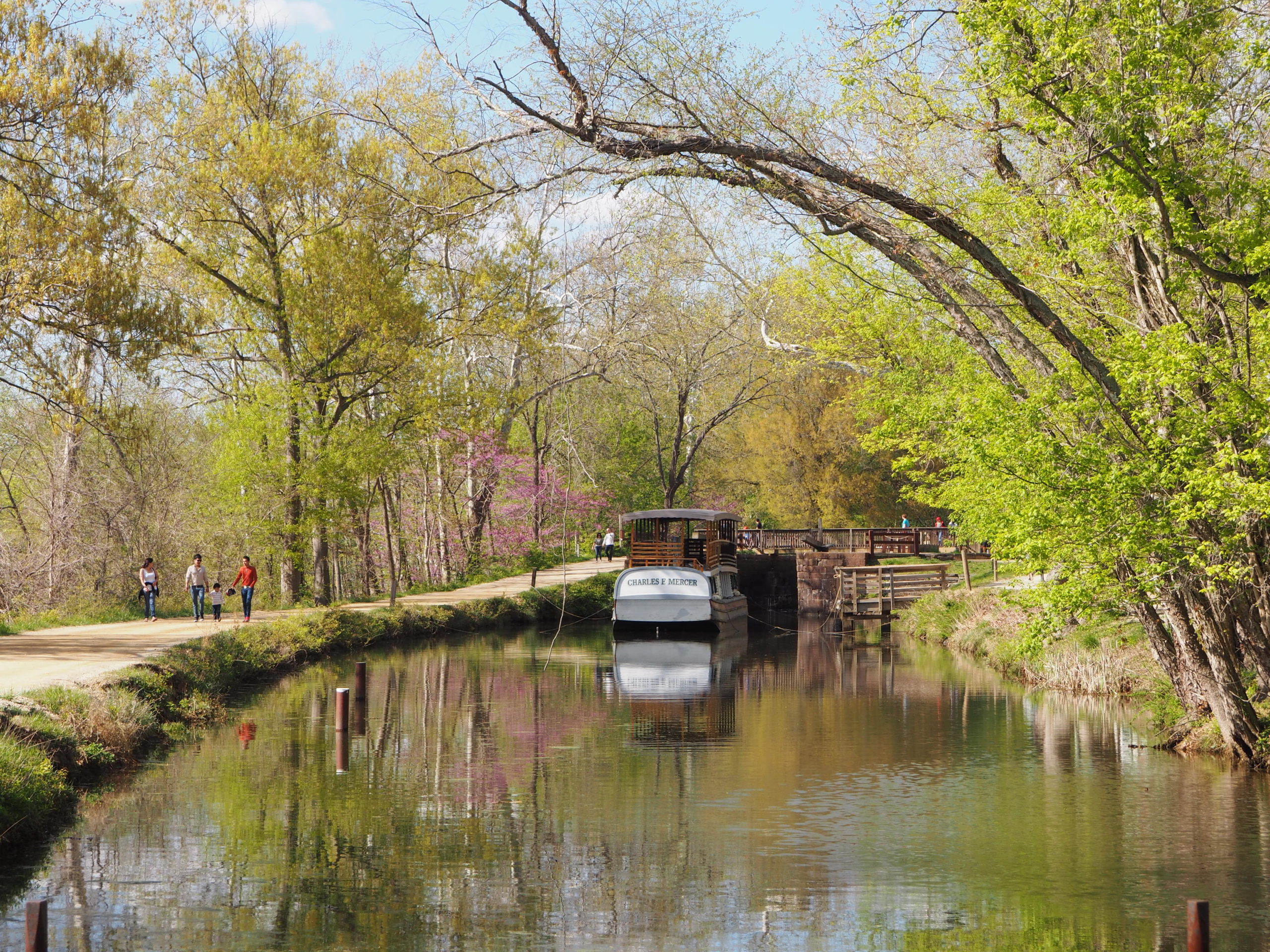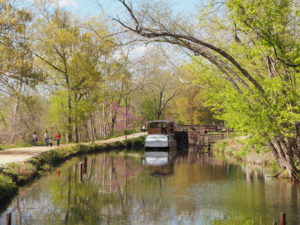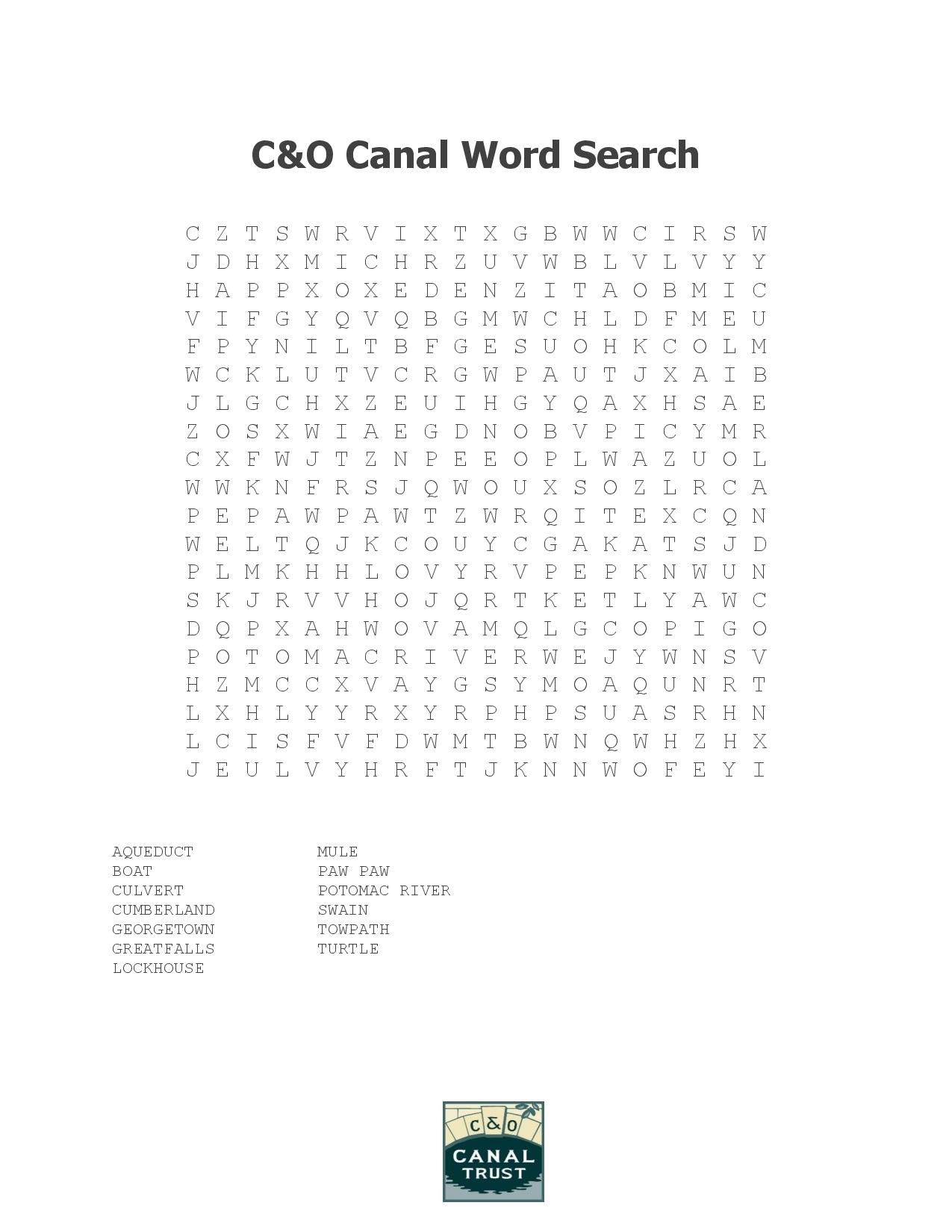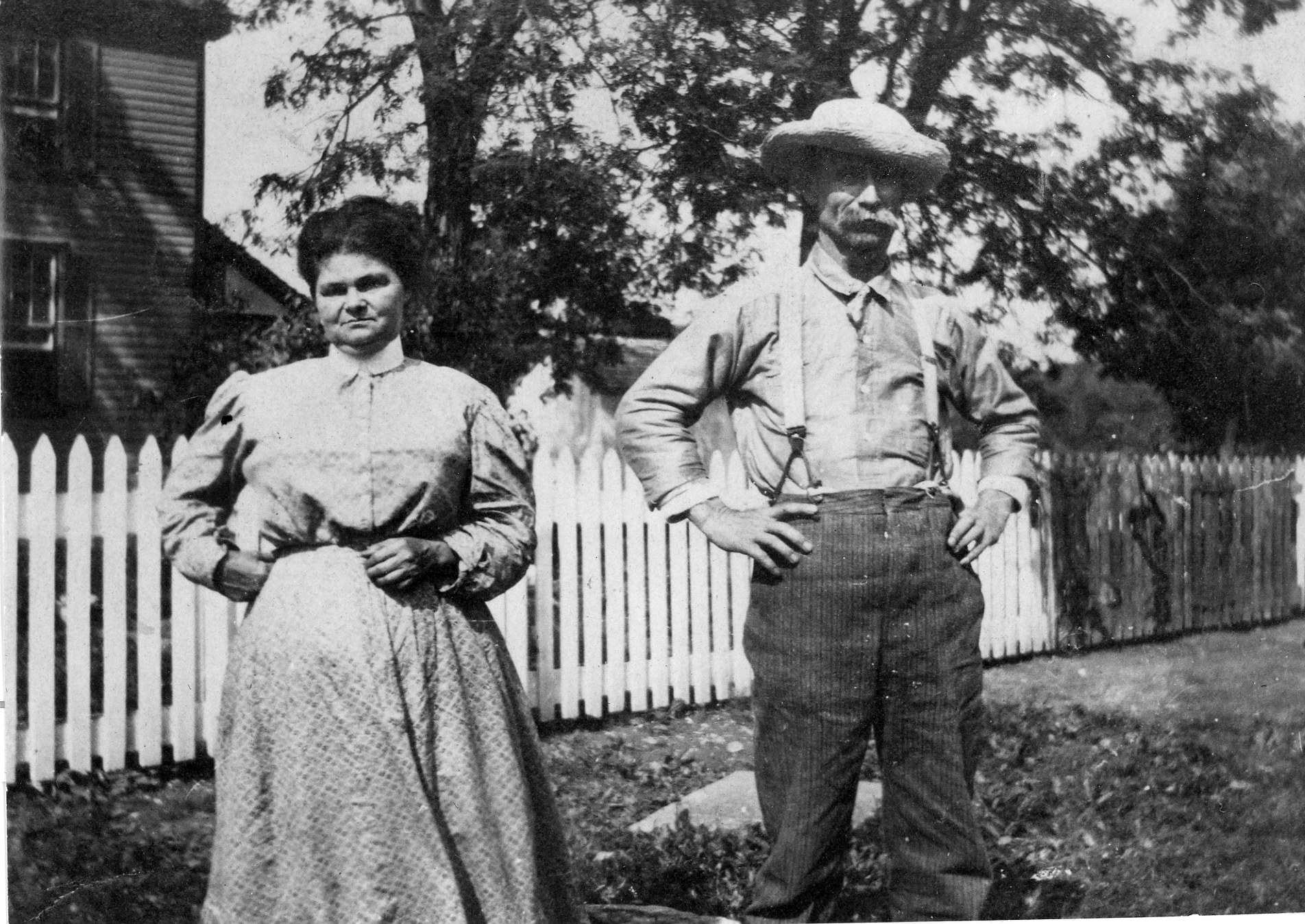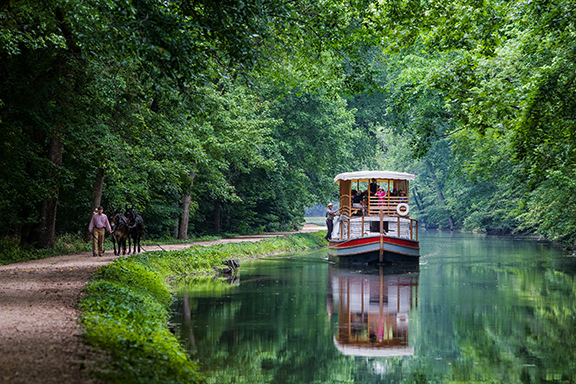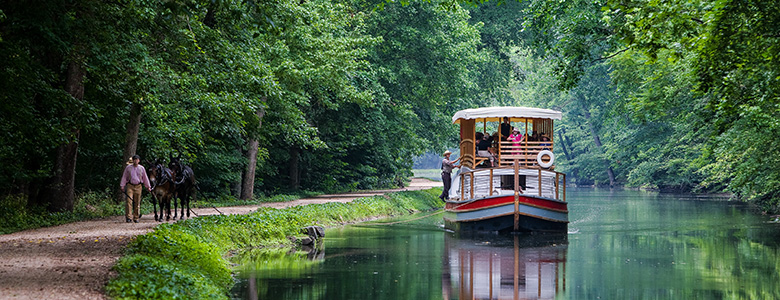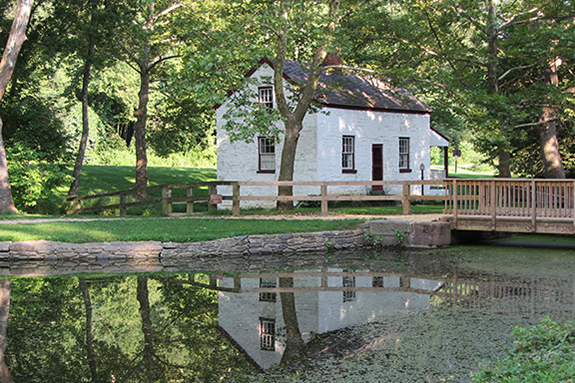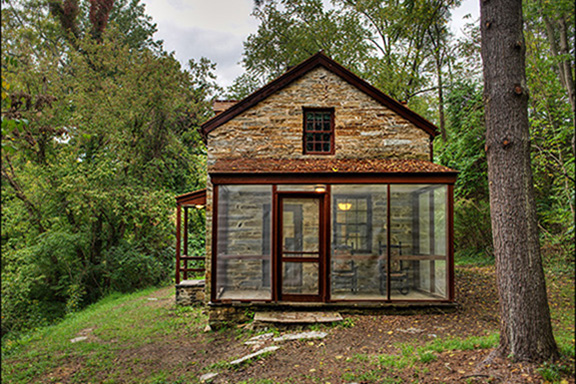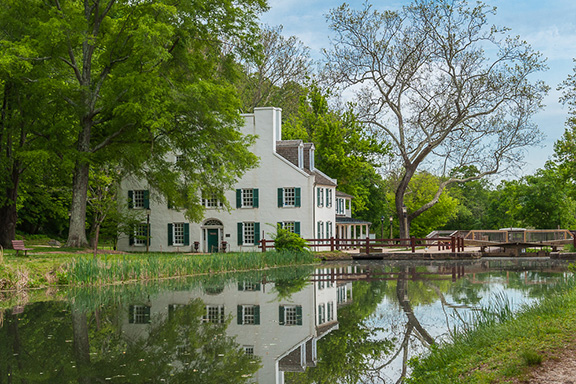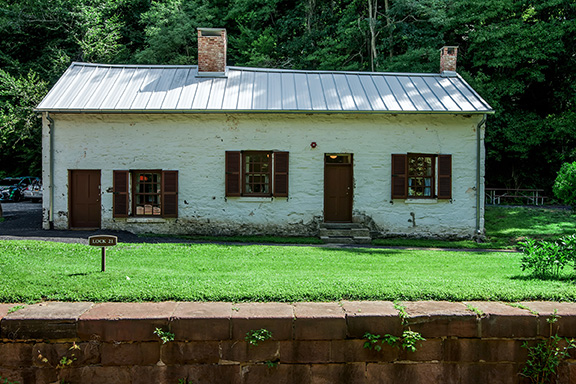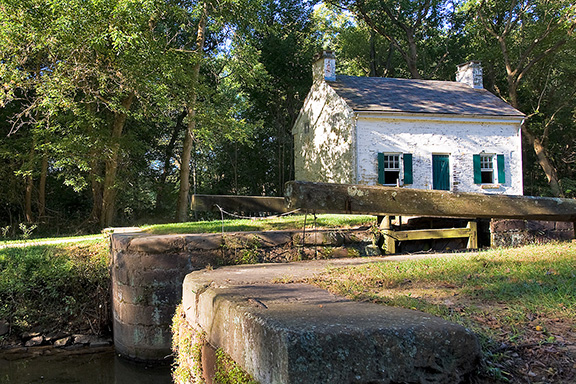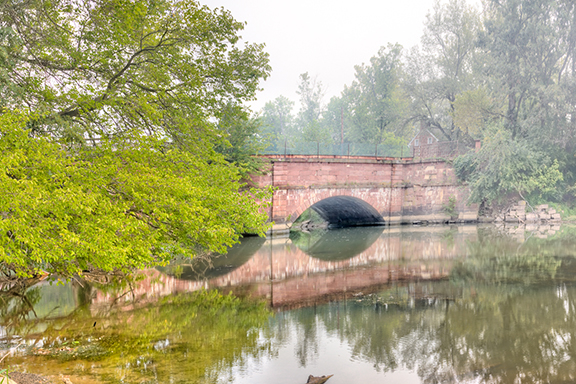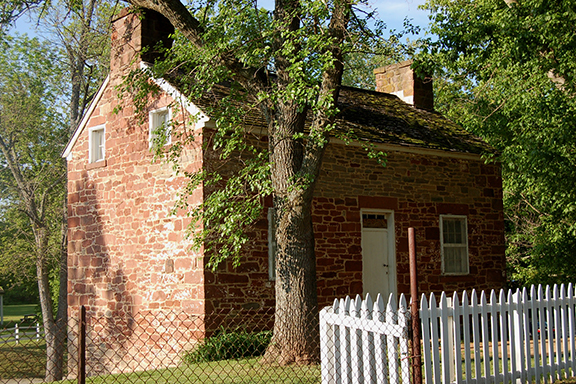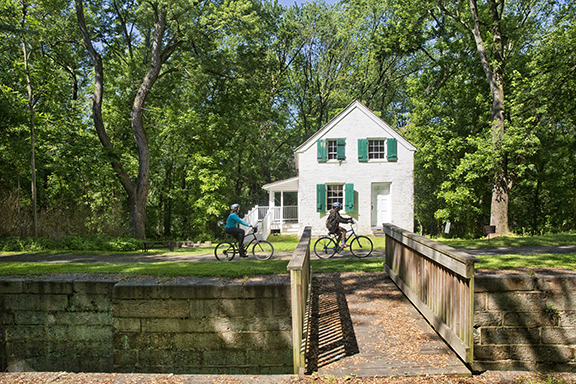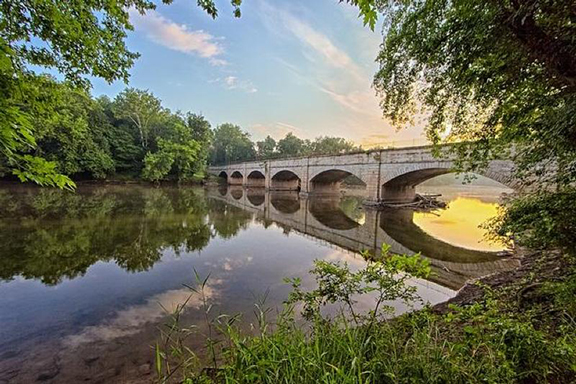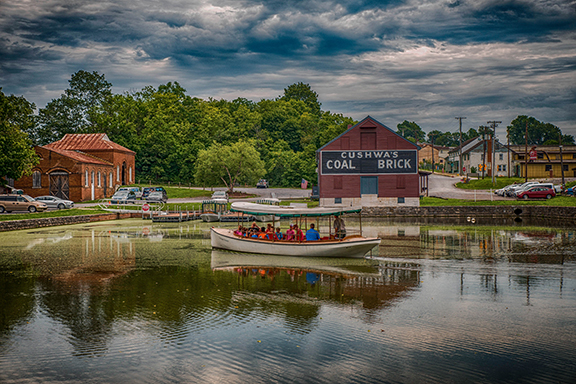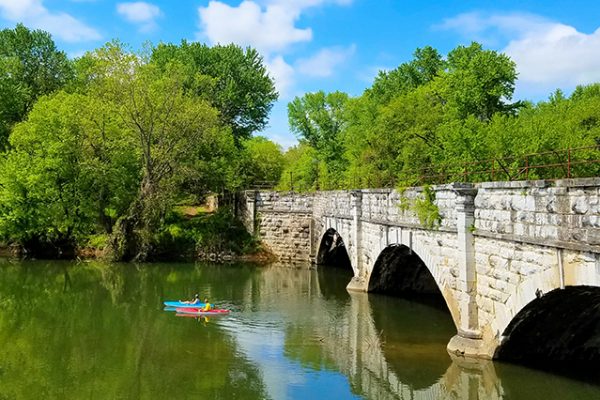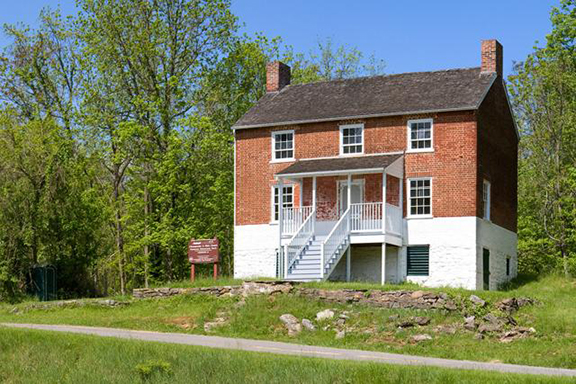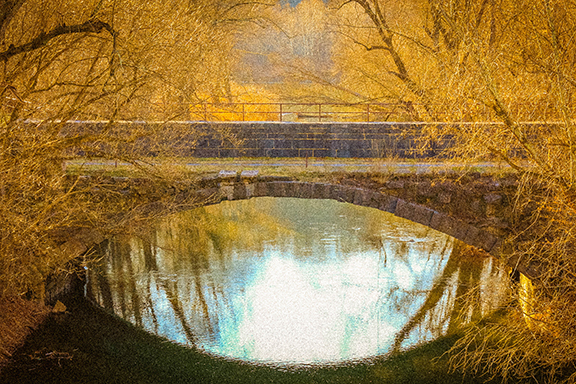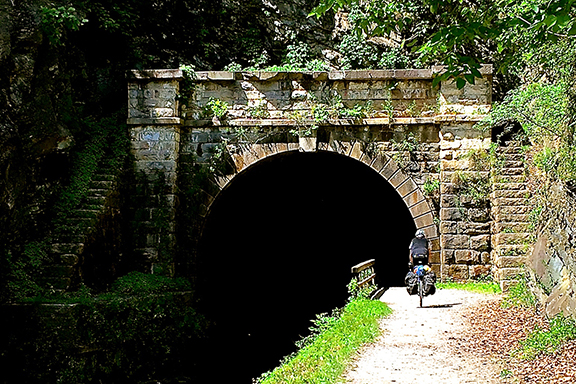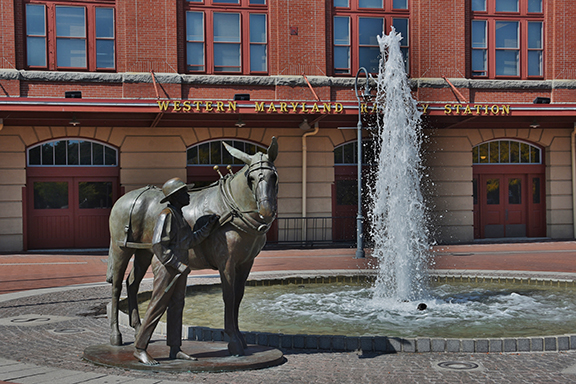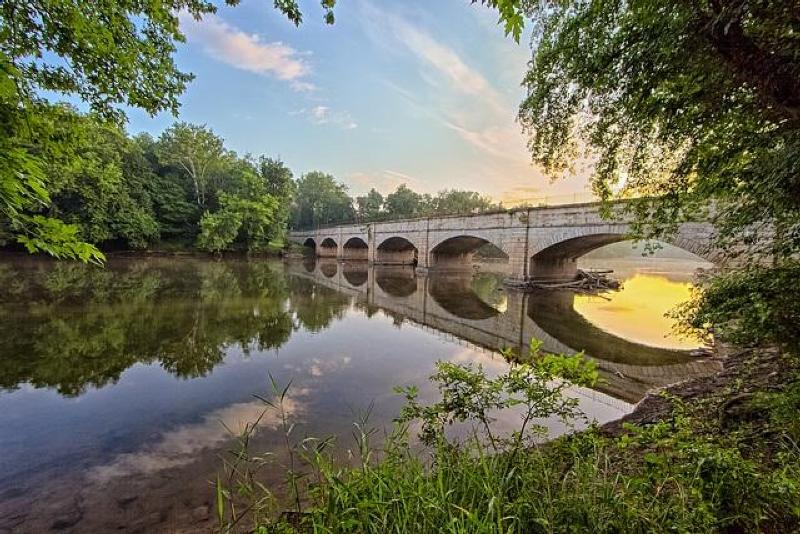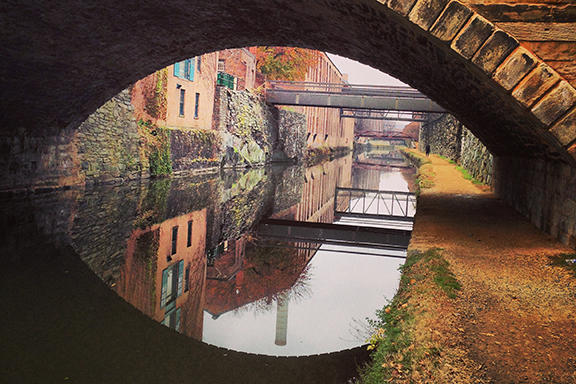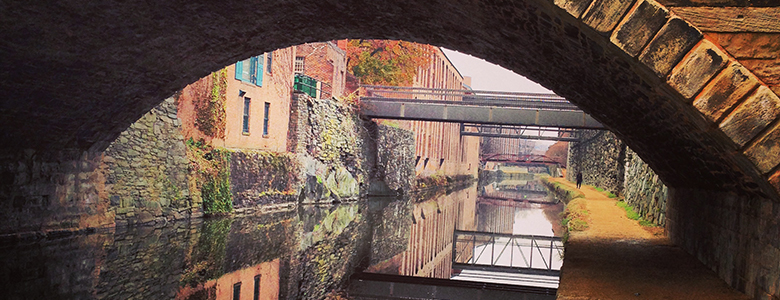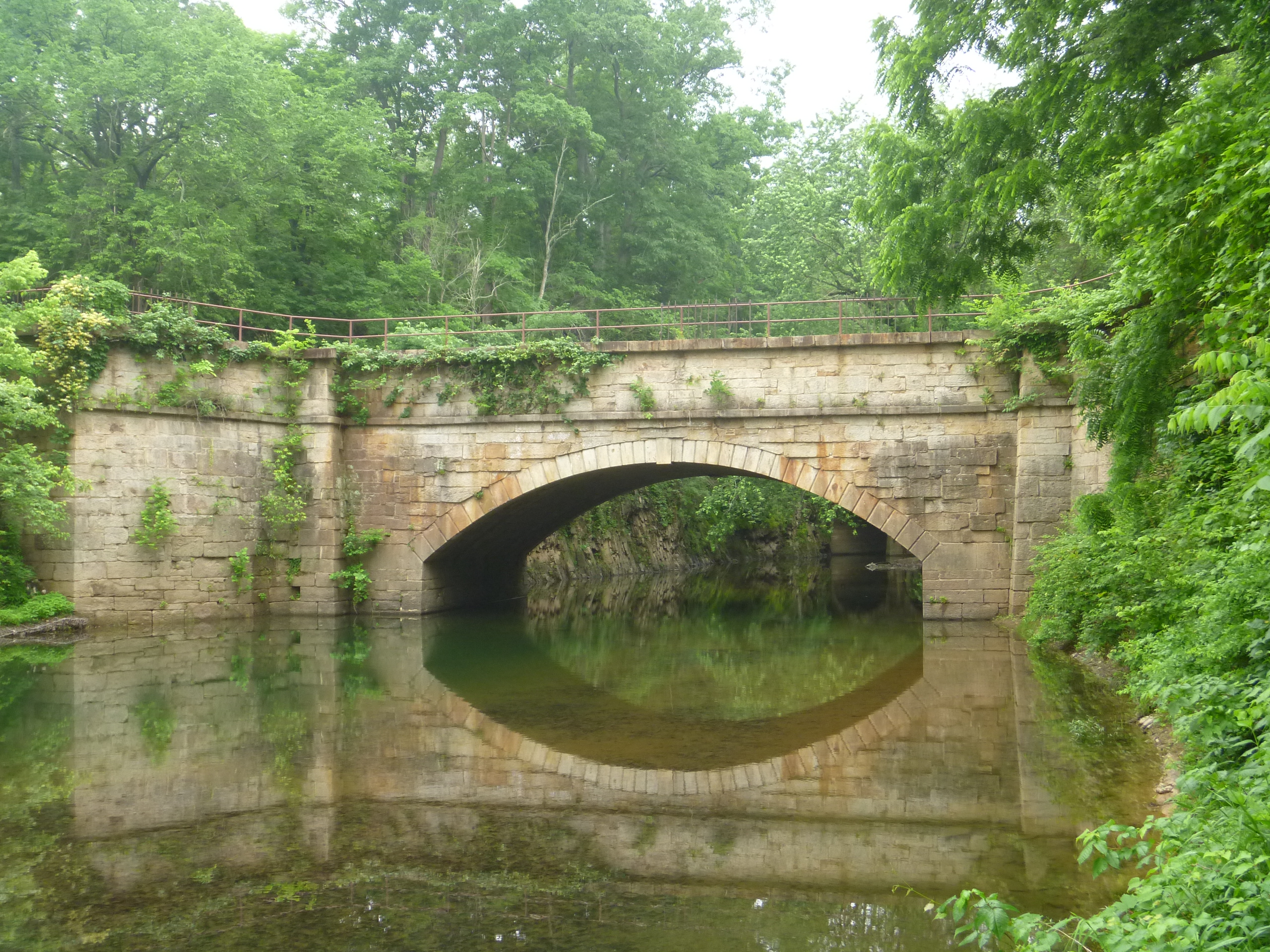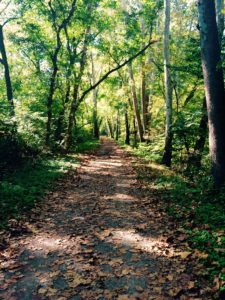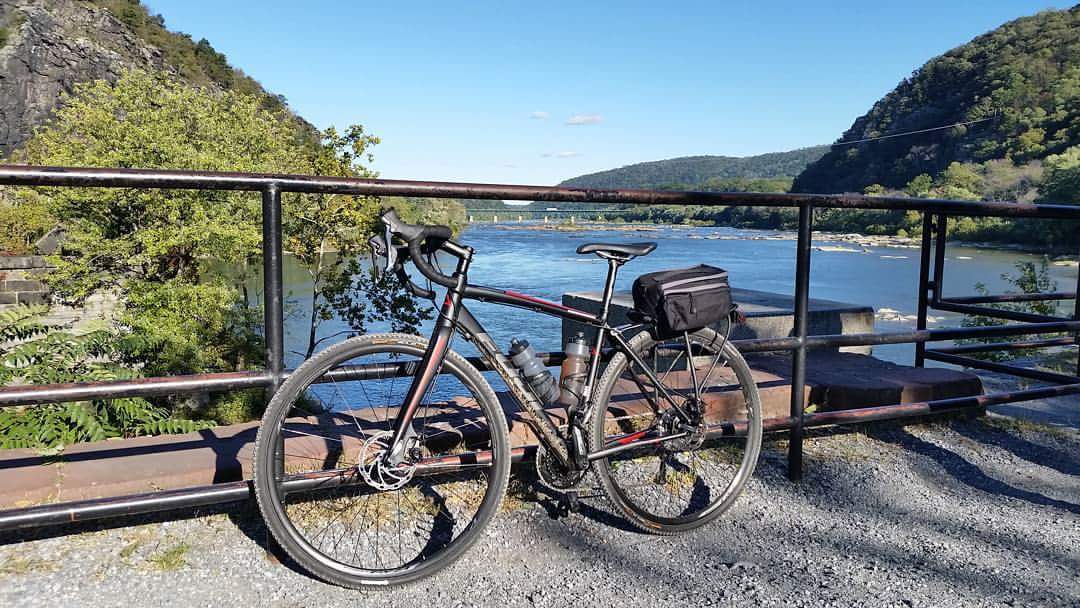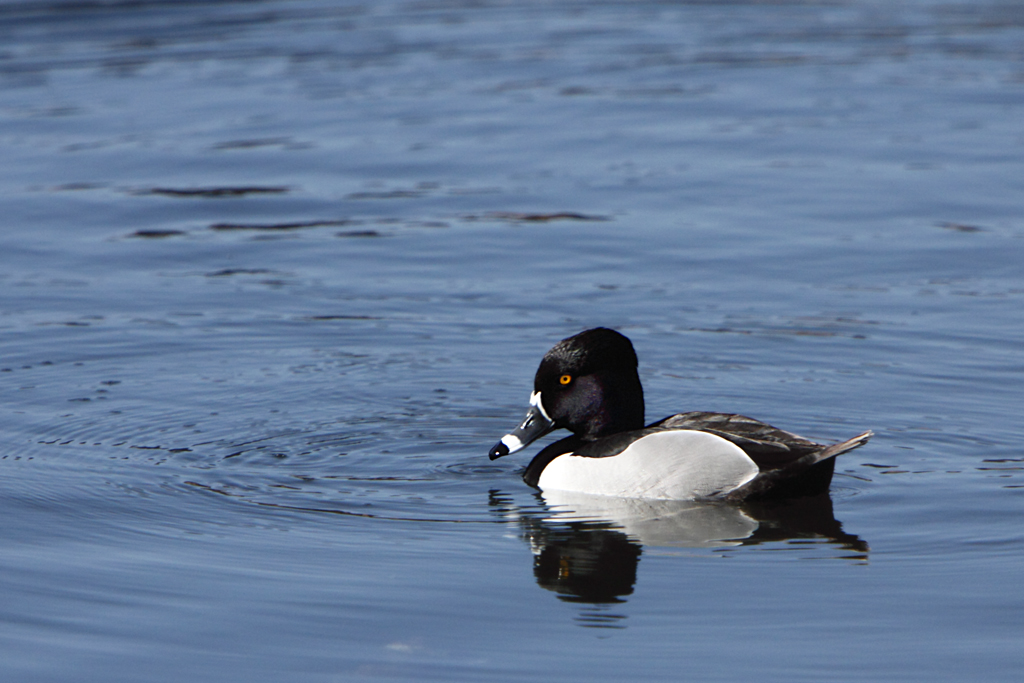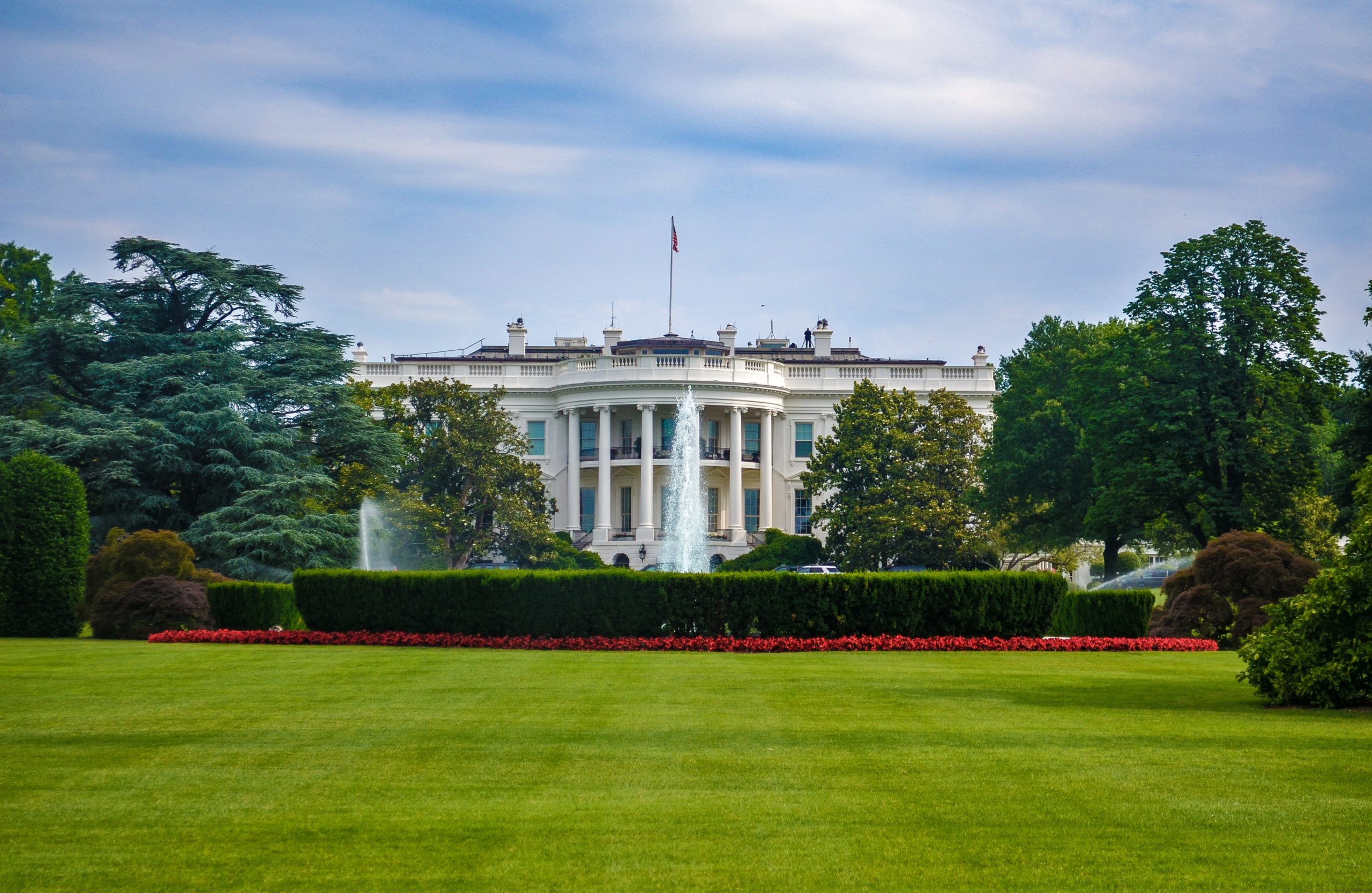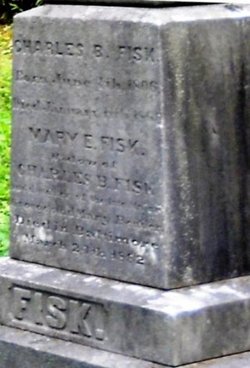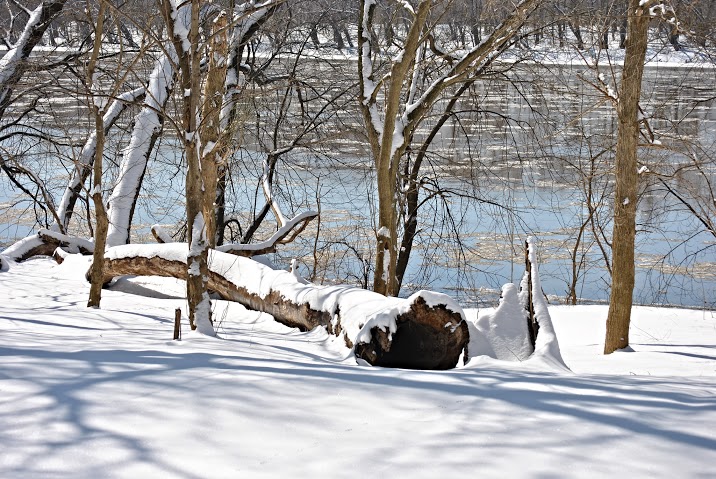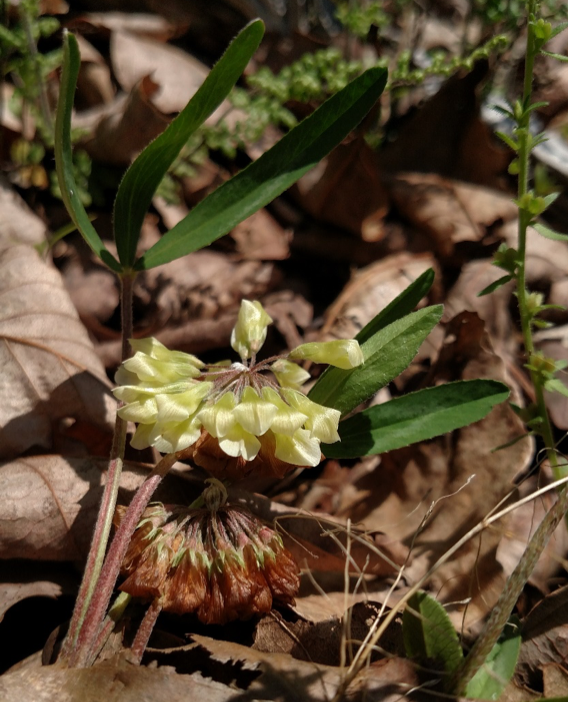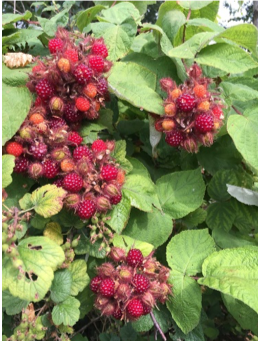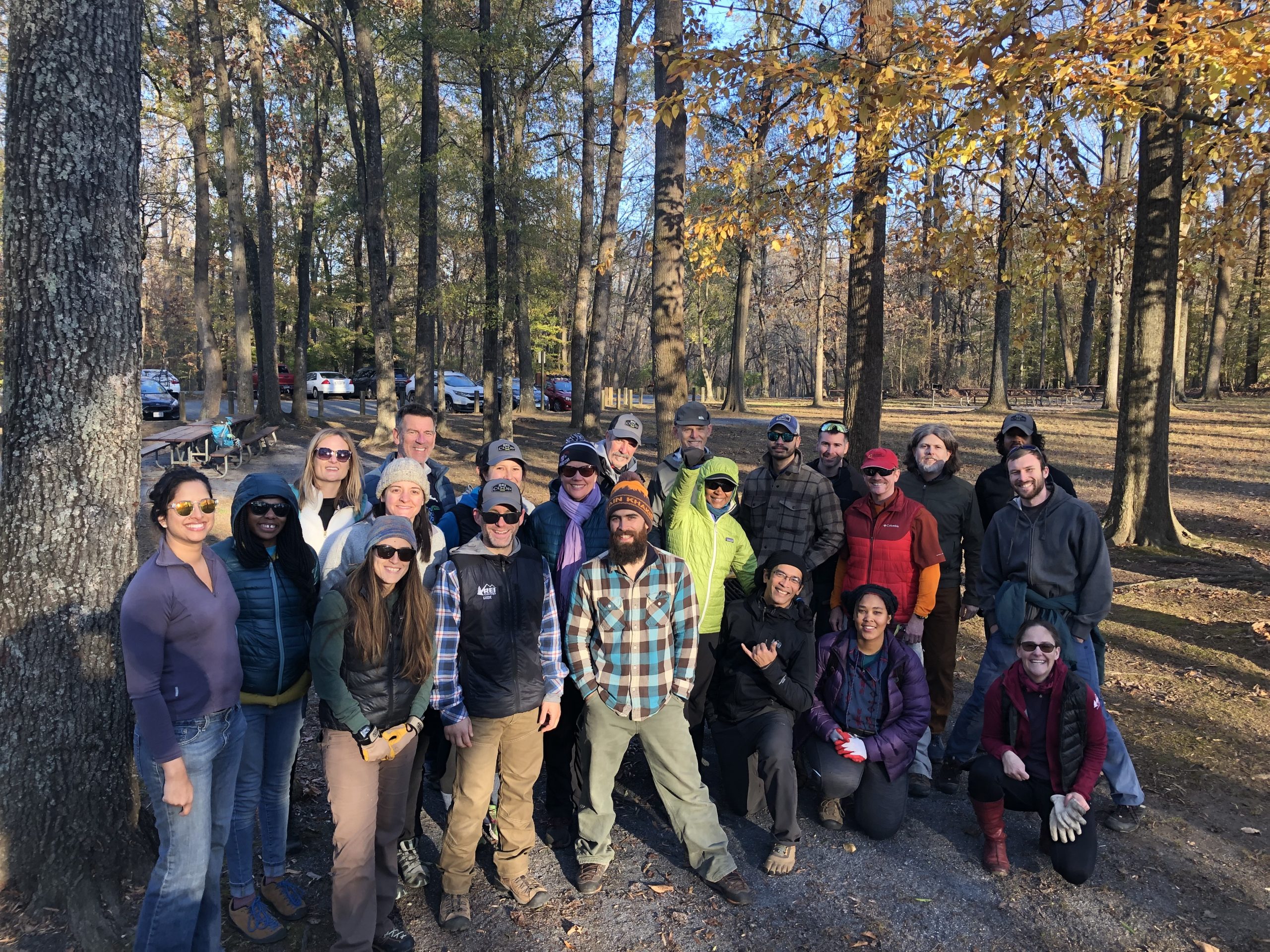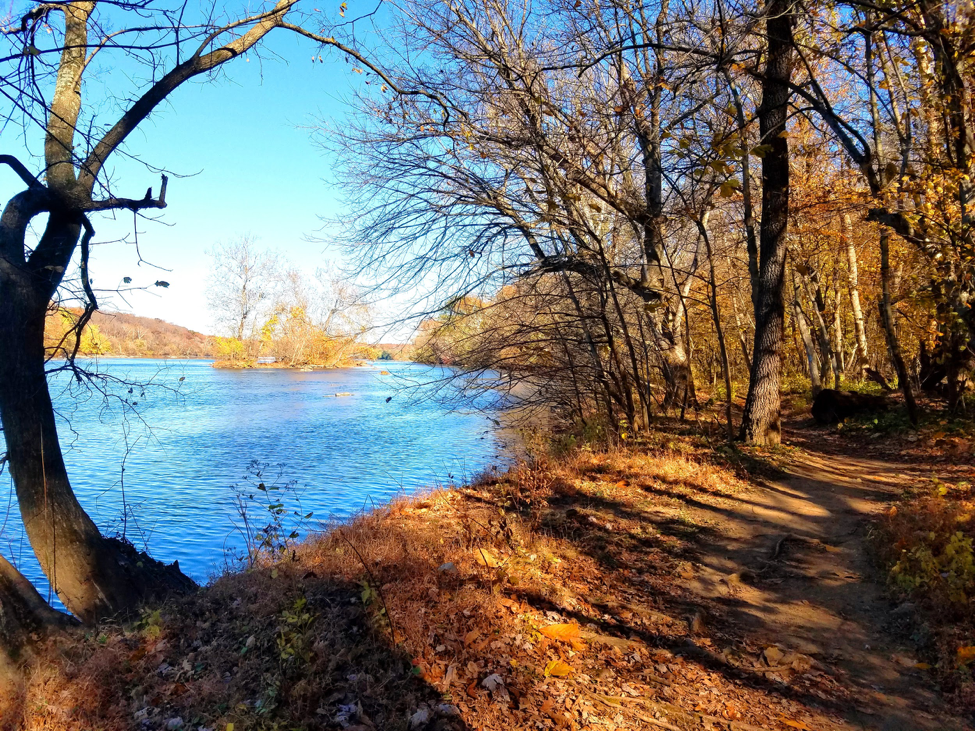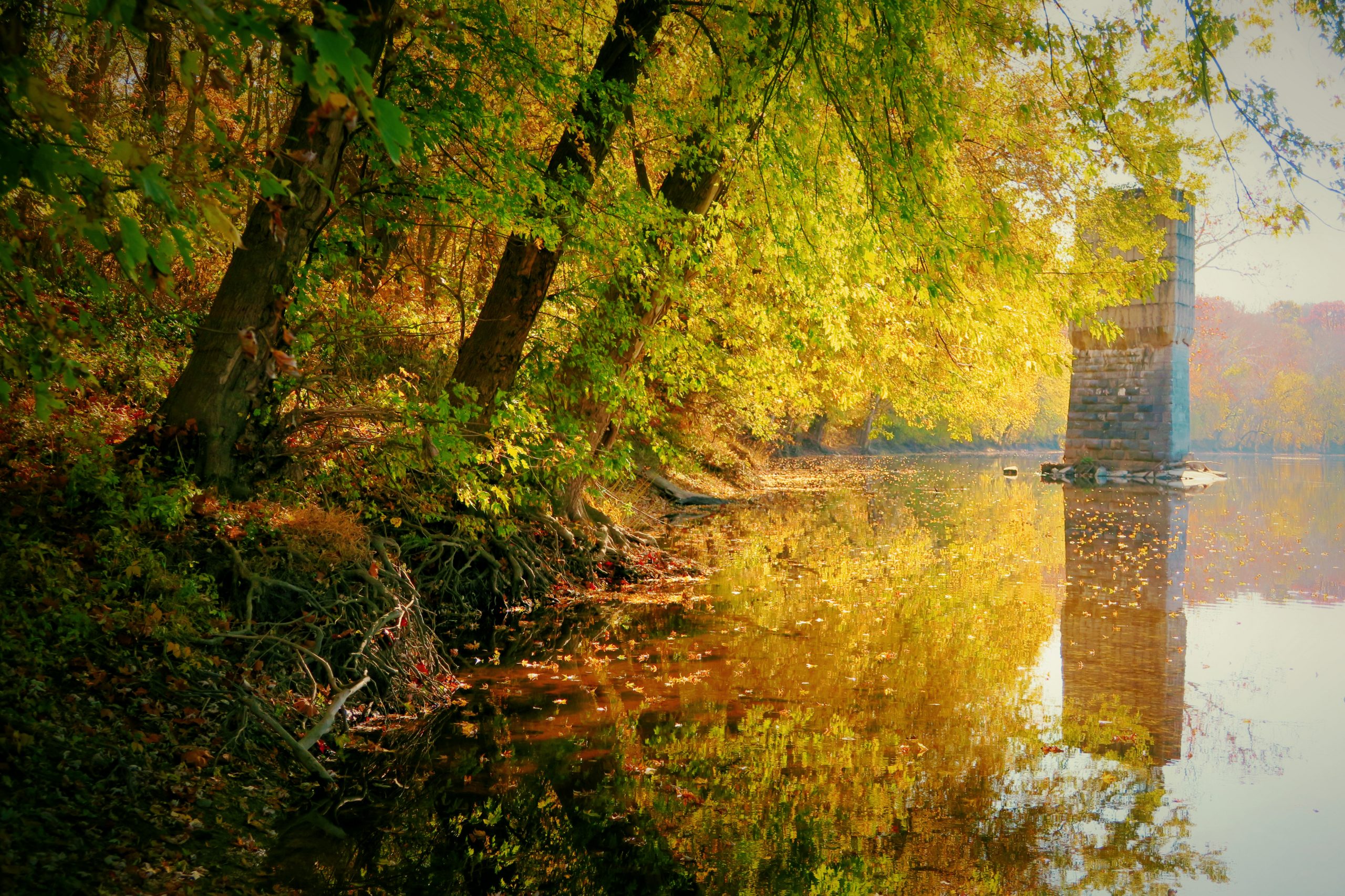
Photo: Old Railroad Bridge Pier between MM 97 and 98 by MJ Clingan
You may already be deep into your summer reading list, but you may want to add some of these popular books featuring the C&O Canal. Whether you’re interested in historical fiction, nonfiction, or books for children, this list has something for everyone who loves the canal! This list is not exhaustive; books were selected based on popularity, quality, and availability on major book-selling websites.
Historical Fiction
River, Cross My Heart: A Novel by Breena Clarke
An Oprah’s Book Club selection, this novel is set in 1920’s Washington, DC, and tells the story of young girl’s tragic drowning in the Potomac River, and the subsequent fallout in her Georgetown neighborhood.
Canawlers by James Rada, Jr.
Set on the C&O Canal during the Civil War, Canawlers is the first book in a series about the Fitzgeralds, a fictional family of canal boaters who are also part of the Underground Railroad. This book is perfect for both C&O Canal and Civil War history buffs!
Historical Non-Fiction
The Grand Idea: George Washington’s Potomac and the Race to the West by Joel Achenbach
This book follows George Washington in his attempt to connect the East Coast to the Western territories by constructing the C&O Canal. This is an excellent read for fans of George Washington, the history of early America, and of course, the C&O Canal.
Home on the Canal by Elizabeth Kytle
This illustrated book provides a thorough and comprehensive history of the canal from its origins and construction in the early 19th century to the effort to preserve it as a national park that culminated in 1971. The book also includes first-hand accounts from several men and women who worked and lived on the canal, providing rare insight into their daily lives and experiences.
Children’s Books
Captain Kate by Carolyn Reeder
The story of Captain Kate follows a young girl whose family hauls coal on the C&O Canal during the Civil War. With her stepfather off fighting in the war, Kate must step up and provide for the family by making the difficult 184.5-mile journey down the canal. This historical fiction book for young readers is a great way to introduce your kids to the history of the C&O Canal.
Guidebooks
The C&O Canal Companion (2nd ed.) by Mike High
This book offers a comprehensive mile-by-mile guide to the history and features of the C&O Canal with accompanying photographs and illustrations. The book also includes practical information about biking, boating, and other popular recreational activities in the Park. The second edition delves deeper into the history, featuring more information on the Native Americans and African Americans who lived in the region, as well as updated information on recreational facilities.
Towpath Guide to the C&O Canal by Thomas F. Hahn
Another excellent and comprehensive guidebook, the Towpath Guide to the C&O Canal, also provides a detailed mile-by-mile guide with modern and historic photographs, and detailed maps of specific sections of the canal. The book also includes information about Canal Towns and the Canal Quarters program.
Memoir
Get Up and Ride by Jim Shea
Jim Shea’s memoir recounts his true and hilarious journey along the Chesapeake & Ohio Canal towpath and the Great Allegany Passage. Described as “a lighthearted take on friendship and some hilarious fun,” Shea details his cycling trip with his brother-in-law Marty.
The C&O Canal Trust also offers a diverse selection of books about the canal at our online store, including guidebooks to the C&O Canal and GAP Trail, and local history books that feature stunning scenic photography of the most beautiful places in the Park. Browse the selection here.

